Memory Cards Guide
Storage capacity
Memory cards typically come in various capacities, from a few gigabytes to multiple terabytes. If you primarily use the card for basic tasks like storing documents, music, or low-resolution photos, a 32GB memory card like the SanDisk Extreme 32GB SDHC UHS-I Memory Card or the Samsung EVO Select 32GB microSDHC UHS-I U1 Memory Card would suffice. On the other hand, if you are an avid photographer or videographer capturing high-resolution images or 4K videos, a higher capacity memory card like the Lexar Professional 128GB SDXC UHS-II Memory Card or the Sony SF-G128T/T1 High-Performance 128GB SDXC UHS-II Memory Card would be ideal, offering ample space for your files without the need for frequent backups. Remember, the higher the storage capacity, the more content you can store on your memory card, allowing you to capture every important moment without worrying about running out of space.
Speed class
The speed class specifies the minimum sustained write speeds of a memory card. It is often indicated with a number inside a capital letter 'C', such as 'U3', indicating a minimum write speed of 30MB/s. Higher speed class cards are used for tasks that require faster data transfer rates, such as shooting 4K video or continuous burst mode photography. Some leading memory card options for different speed classes include:
- For U1 speed class, the SanDisk Extreme PRO SDXC UHS-I Card offers write speeds of up to 90MB/s, perfect for capturing Full HD video and high-resolution photos quickly and reliably.
- For U3 speed class, the Lexar Professional 1000x SDXC UHS-II Card delivers read speeds of up to 150MB/s and write speeds of up to 90MB/s, making it an excellent choice for professional photographers shooting high-quality images or shooting 4K video.
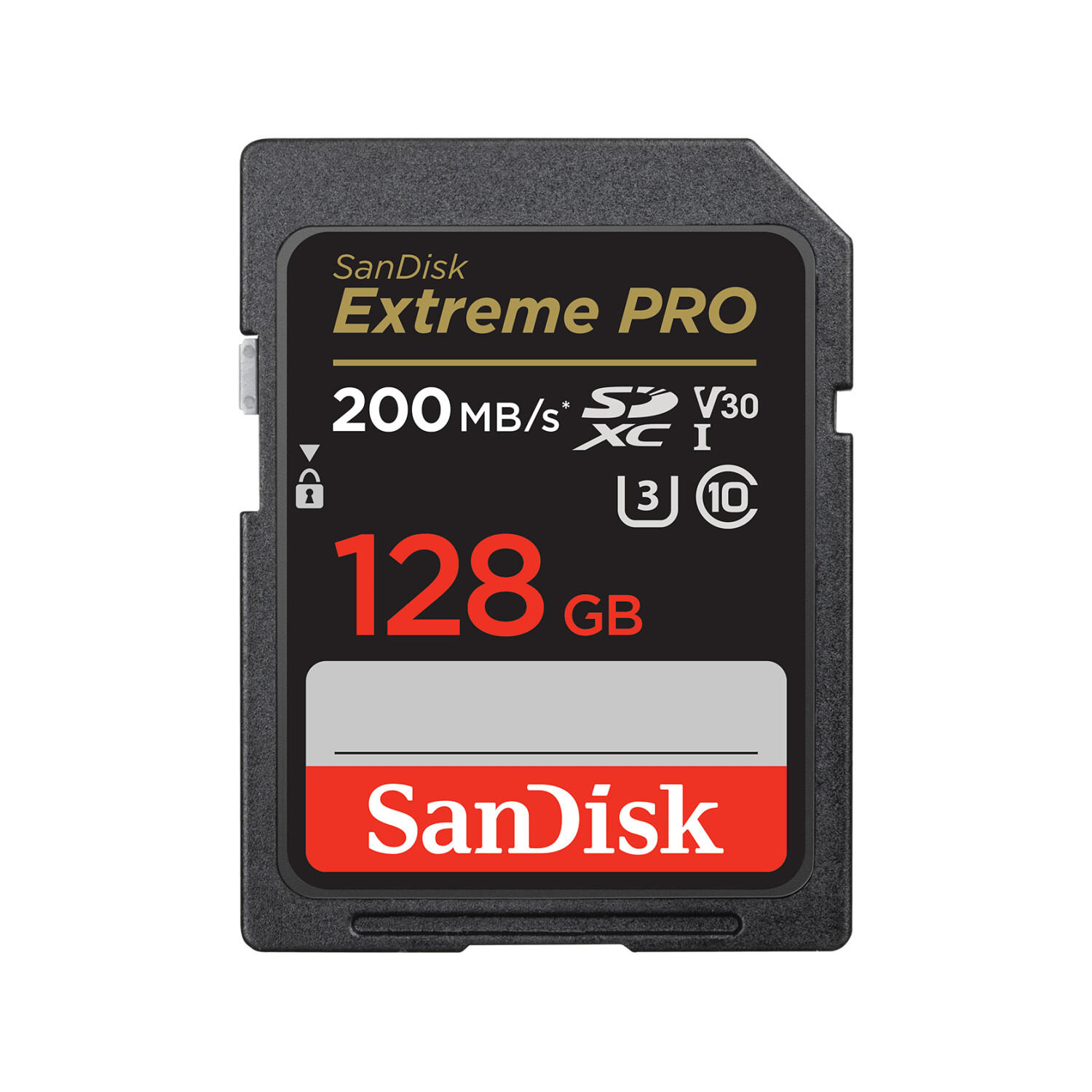
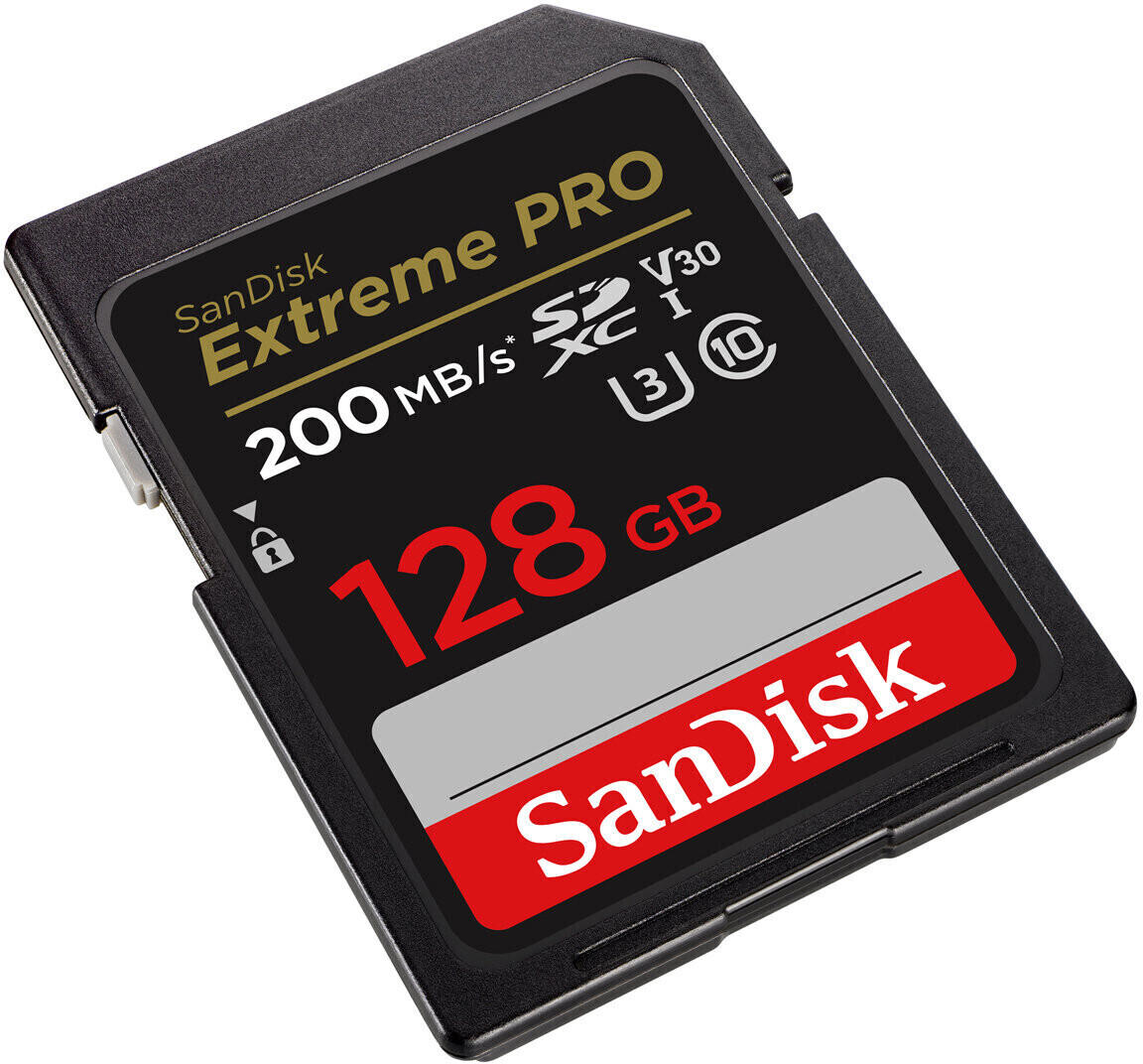
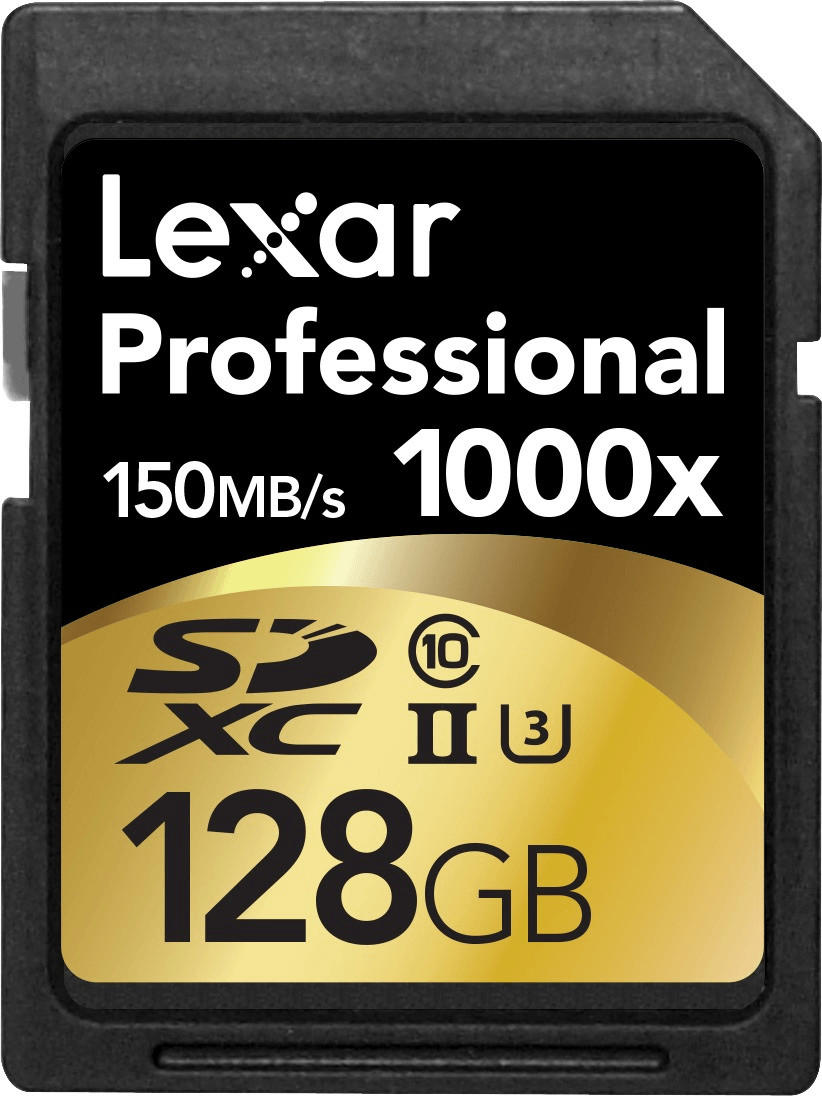
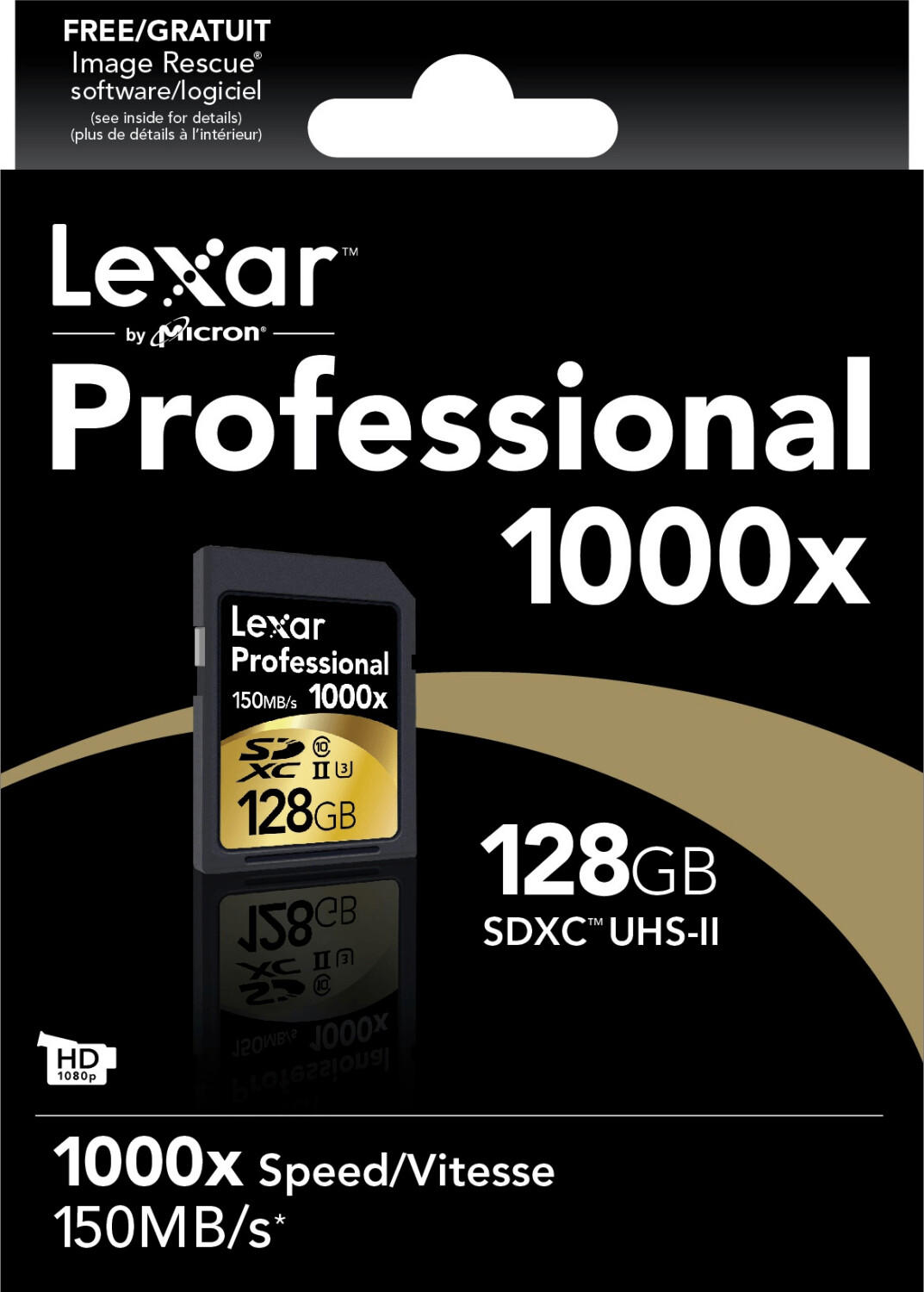
Reading speed
The reading speed determines how quickly the data on the memory card can be accessed and transferred to a device. Higher reading speeds are advantageous for professionals working with large files or capturing high-resolution photos and videos. For instance, the SanDisk Extreme PRO SDXC UHS-II Card offers an impressive reading speed of up to 300MB/s, making it ideal for photographers and videographers who require fast data access. Another excellent option is the Lexar Professional 2000x SDXC UHS-II Card, which boasts a superb reading speed of up to 300MB/s as well, enabling smooth and quick file transfers, especially for 4K video recordings.
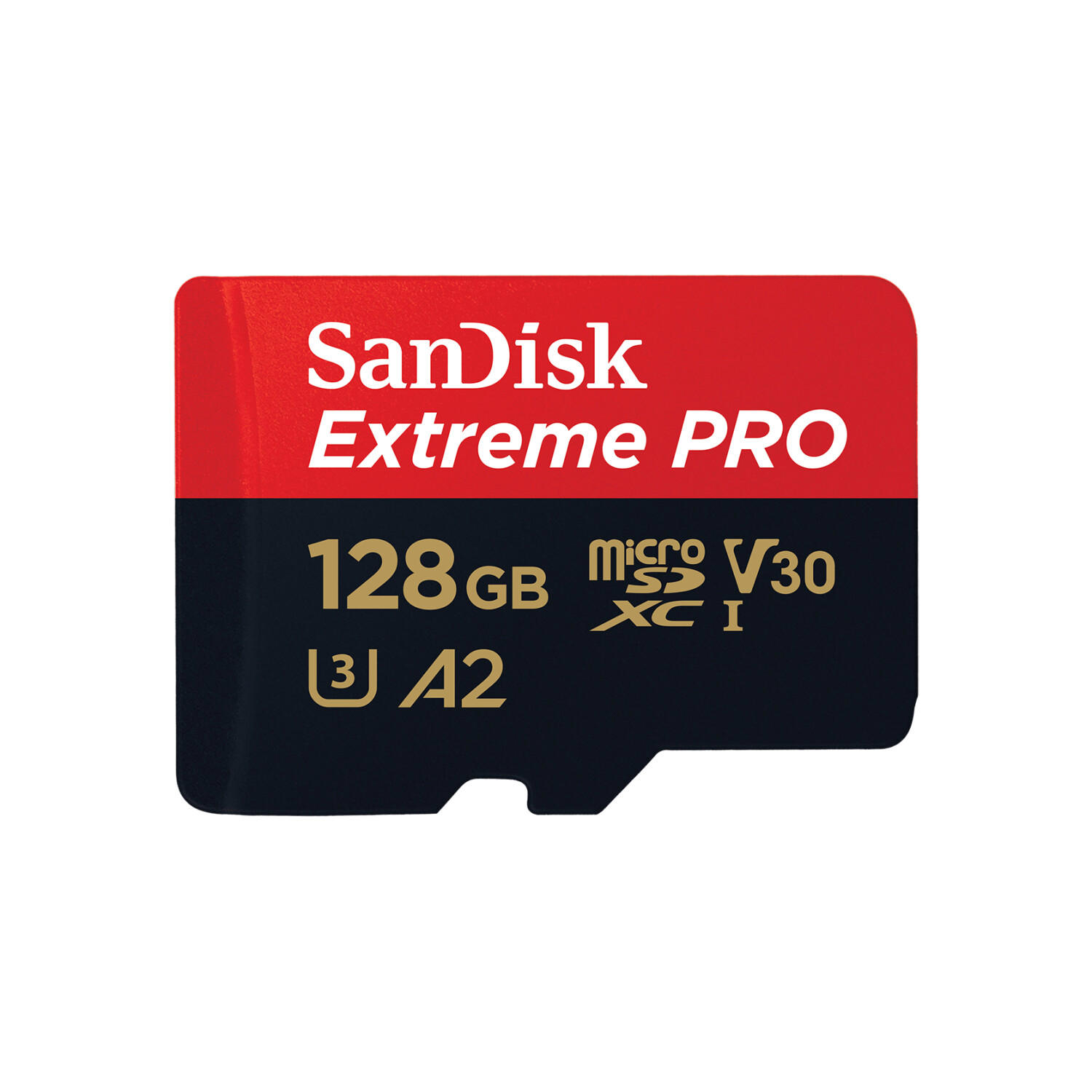

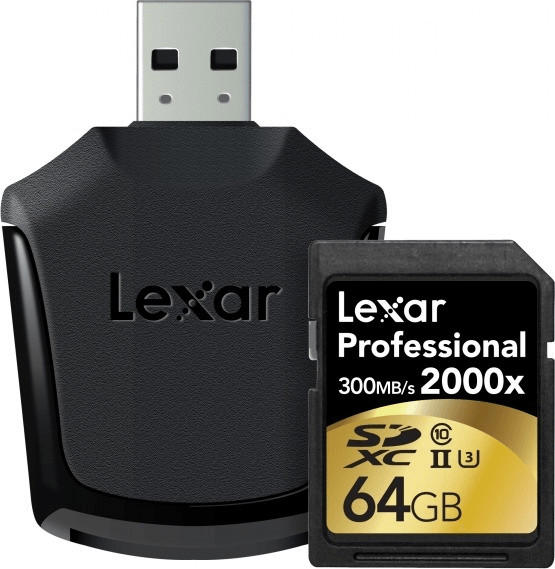

Writing speed
The writing speed refers to the speed at which data can be written onto the memory card. It is measured in megabytes per second (MB/s) and typically indicated with a Class rating or a UHS Speed Class rating. For instance, the SanDisk Extreme PRO SDXC UHS-I Card offers a blazing writing speed of up to 90MB/s, while the Lexar Professional 1000x SDXC UHS-II Card can achieve even faster writing speeds of up to 150MB/s. These cards fall into the high-speed segment, ideal for professionals requiring rapid data transfer to ensure continuous shooting or high-quality video recording without buffering issues. Lower-end models like the Samsung EVO Select microSDXC series offer respectable writing speeds of around 30-40MB/s, making them suitable for casual use or tasks that don't require as much data transfer speed.


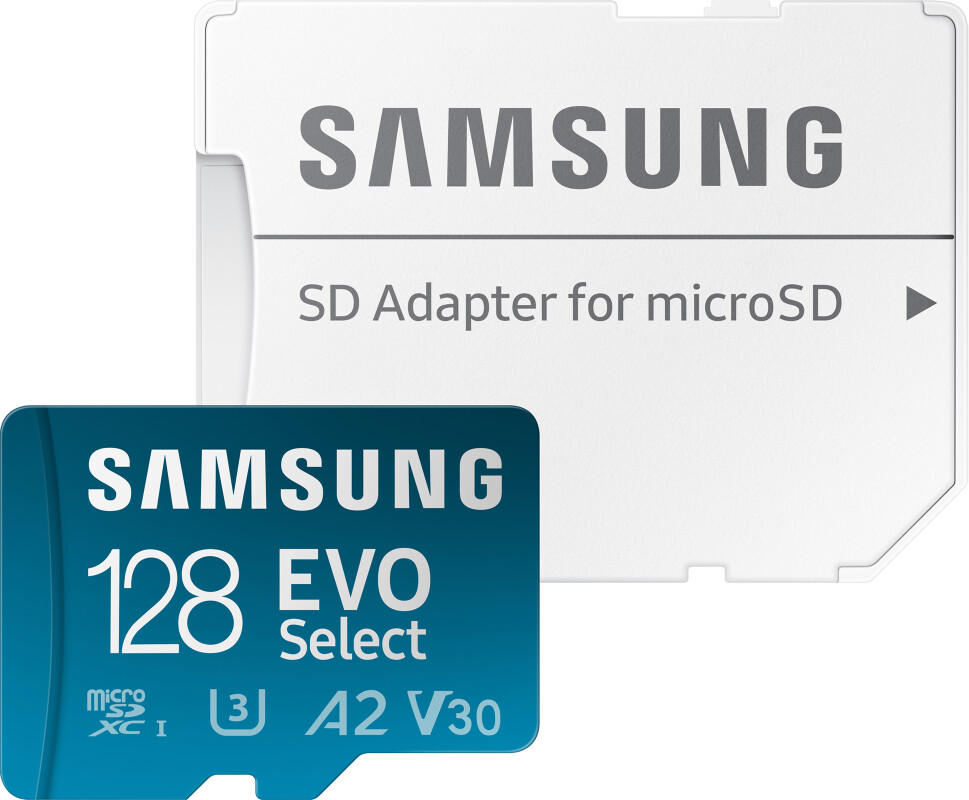
Format compatibility
There are different memory card formats available on the market, such as Secure Digital (SD), CompactFlash (CF), and microSD. Some popular devices, like cameras and smartphones, often use SD cards. For example, the 'SanDisk Extreme Pro SDXC UHS-I Memory Card' offers superb format compatibility with SD-enabled devices, delivering write speeds of up to 90MB/s. On the other hand, professional cameras frequently utilize CF cards for their high storage capacity and faster writing speed requirements. The 'Lexar Professional 1066x CFast 2.0 Memory Card' is designed specifically for professional use, offering a format compatible specifically with CFast 2.9 devices, enabling impressive read speeds of up to 1600MB/s. It is essential to find a memory card format that is compatible with the specific device you plan to use it with.


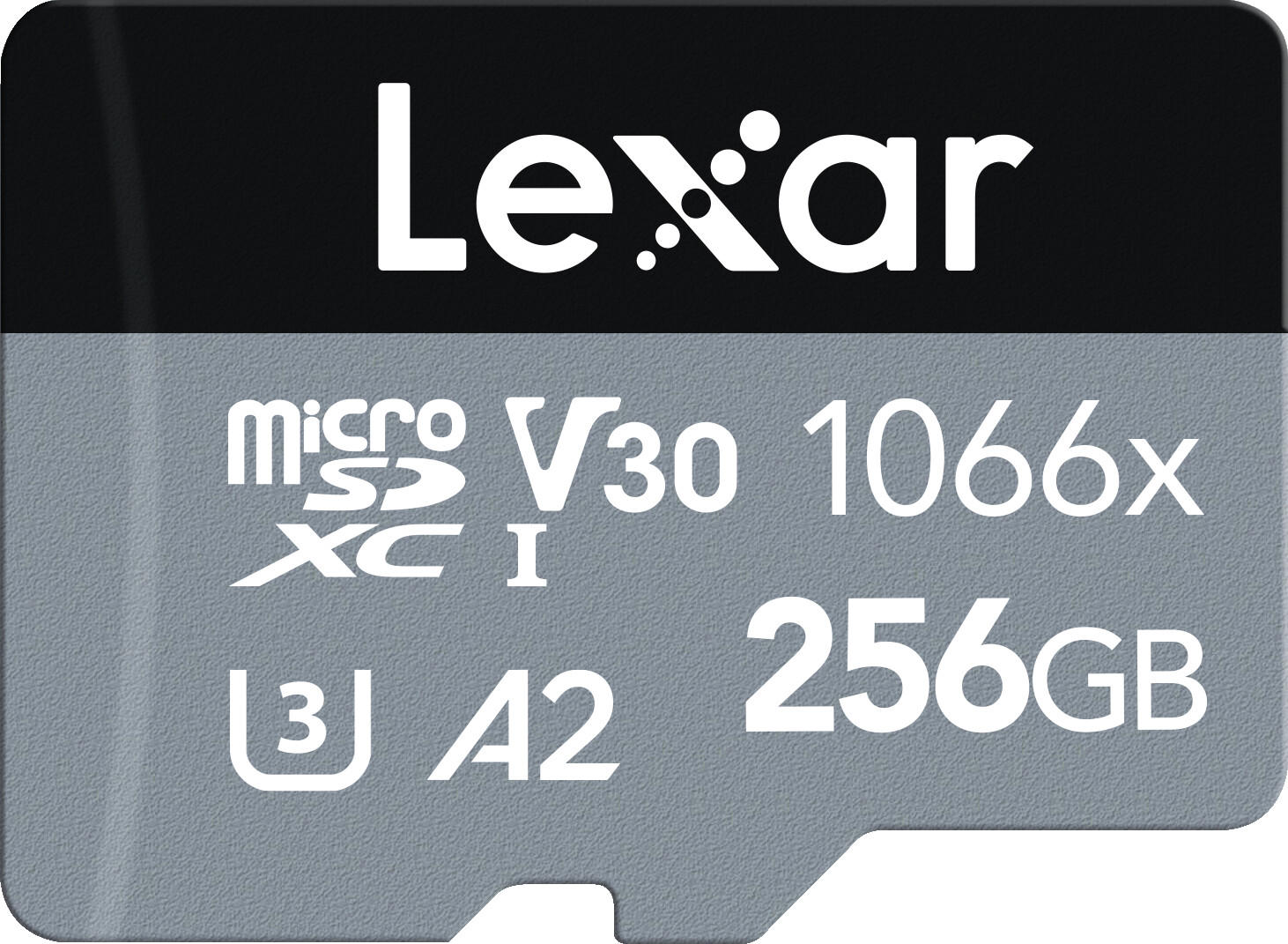

Durability
Through extensive testing, it has been found that memory cards like the SanDisk Extreme PRO SDXC UHS-I Memory Card and the Lexar Professional 2000x SDHC/SDXC UHS-II Card are industry leaders in this aspect. These cards are built to resist shock, water, extreme temperatures, and even X-ray exposure, making them ideal for adventurous photographers or videographers. With their robust construction, featuring materials like carbon fiber, these cards are rated to withstand drops and shock of up to 7.5 feet (2.3 meters) and temperatures ranging from -13°F (-25°C) to 185°F (85°C). Additionally, some cards boast innovative features such as built-in error correction technology and durable connectors, increasing their longevity and reliability.
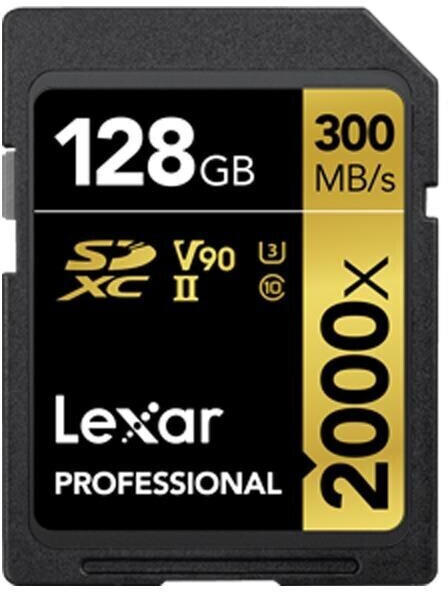
Type of memory technology
There are several types available on the market, each with its own advantages and disadvantages. The most common types of memory technologies are Secure Digital (SD), CompactFlash (CF), and XQD.
SD cards are widely used and popular due to their small form factor and compatibility with a wide range of devices. They come in various speeds, ranging from the slower Class 4 to the faster UHS-II Class 10. One such example is the SanDisk Extreme PRO SDXC UHS-I card, which offers blazing-fast read and write speeds of up to 170MB/s and 90MB/s respectively.
CF cards, on the other hand, are larger in size but can store more data compared to SD cards. They are commonly used by professional photographers and videographers who require higher capacities and faster write speeds. The Lexar Professional 1066x CompactFlash card is an excellent option, boasting a maximum read speed of 160MB/s and a write speed of up to 155MB/s.
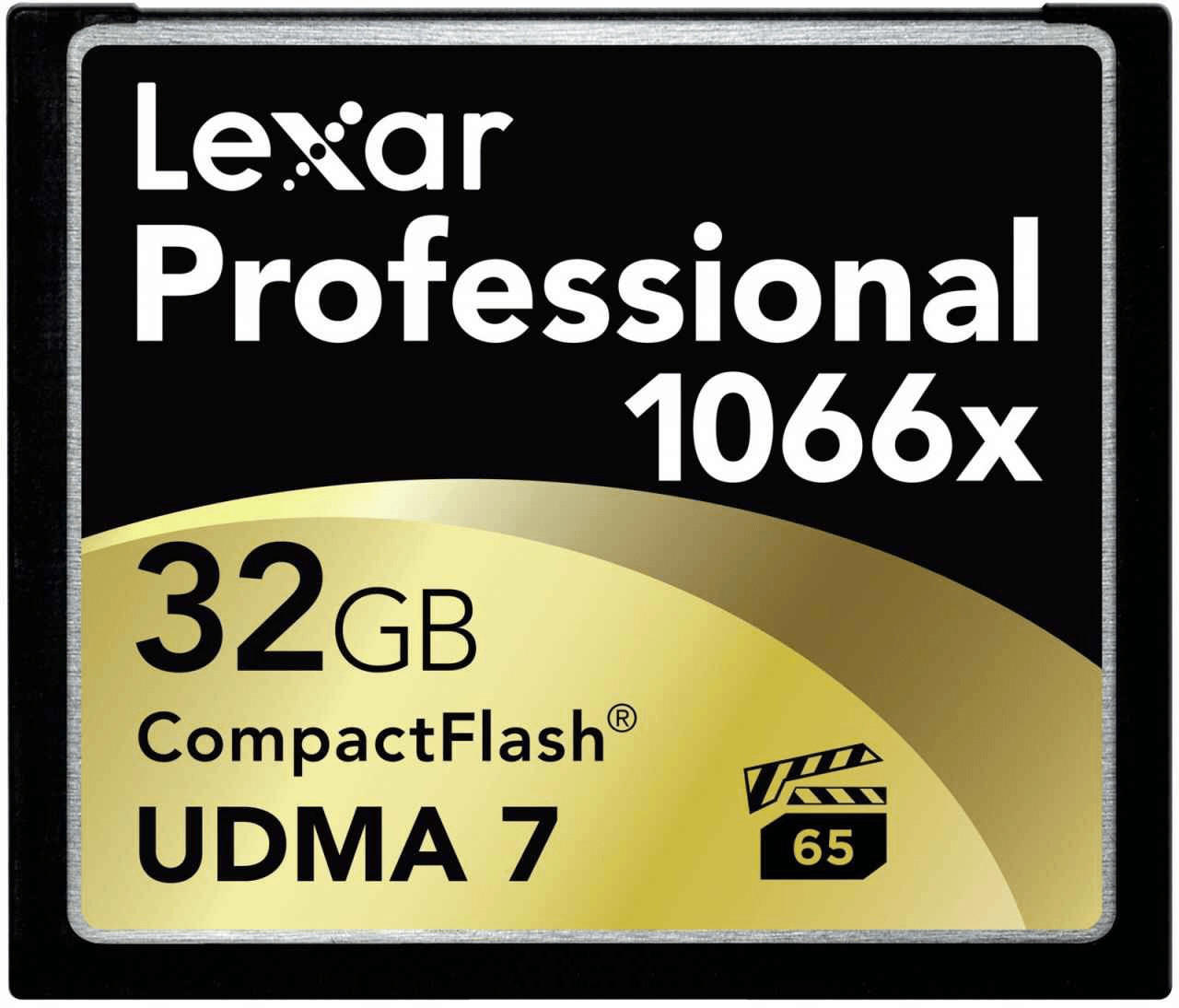
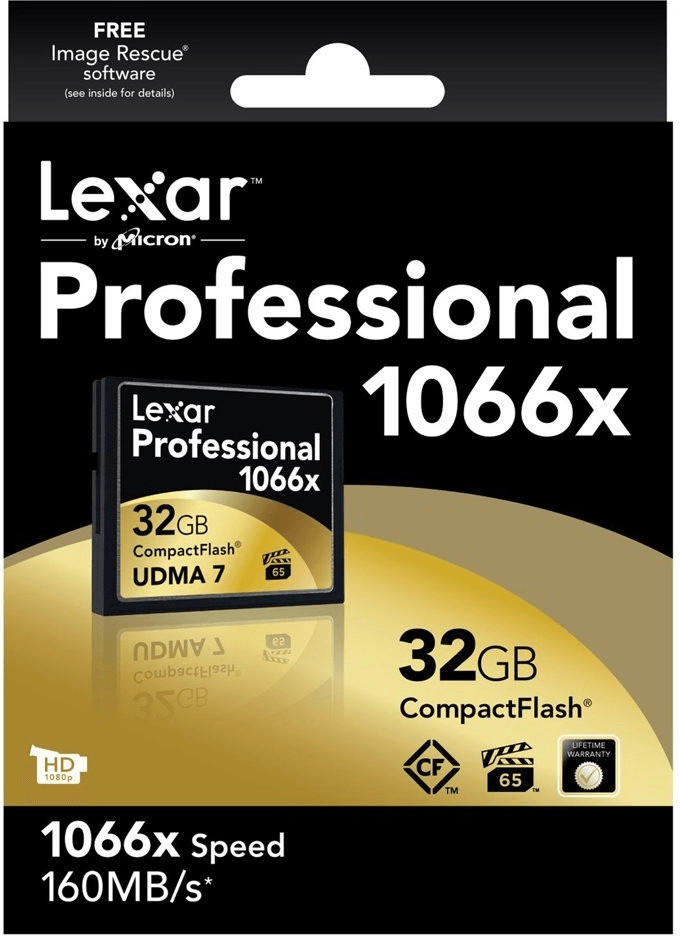
XQD cards are the next generation of memory technology, offering even higher speeds and capacities compared to SD and CF cards. They are primarily used by professional photographers shooting in high-resolution formats like RAW and recording 4K videos. The Sony XQD G Series card is a top choice, delivering lightning-fast read and write speeds of up to 440MB/s and 400MB/s respectively.
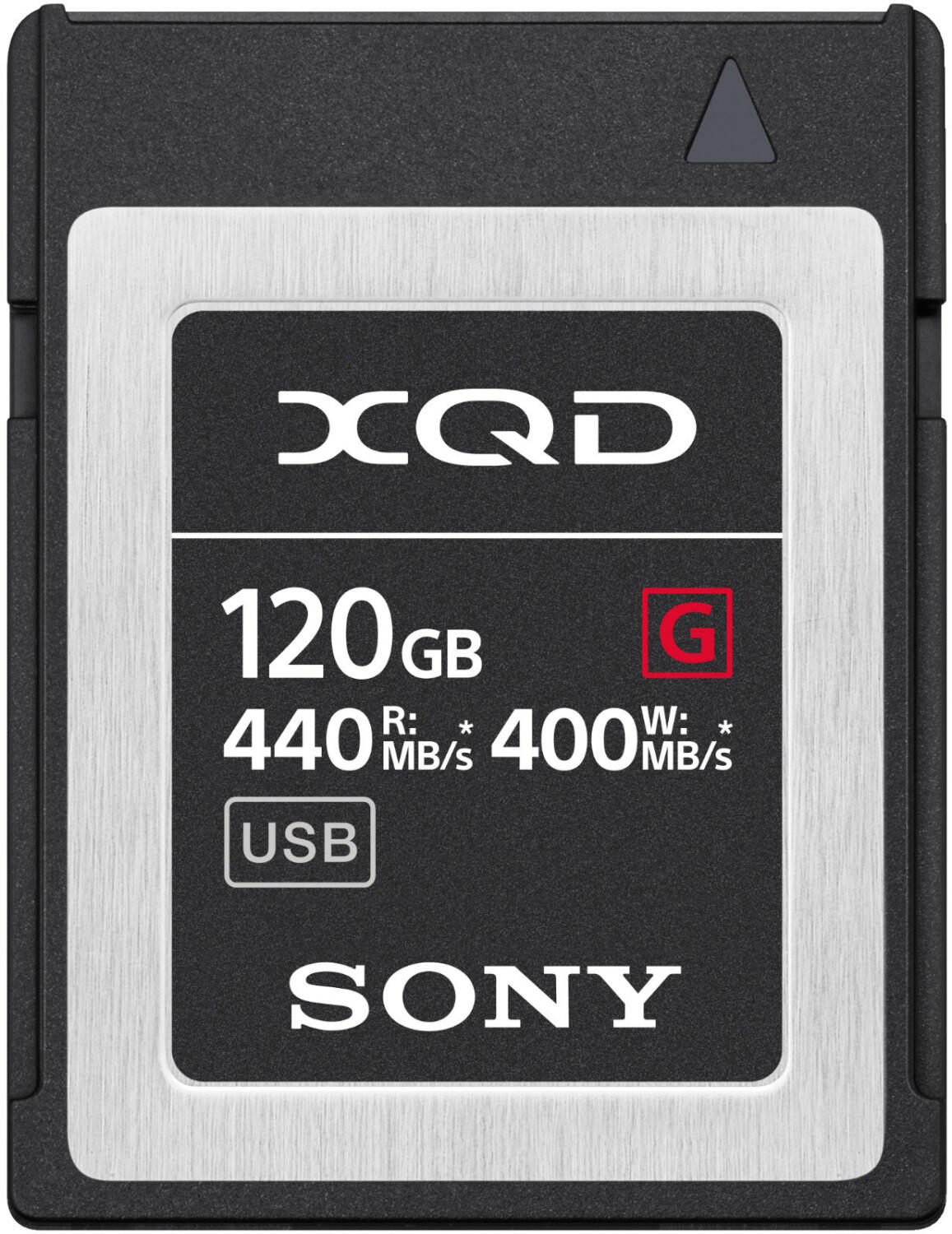
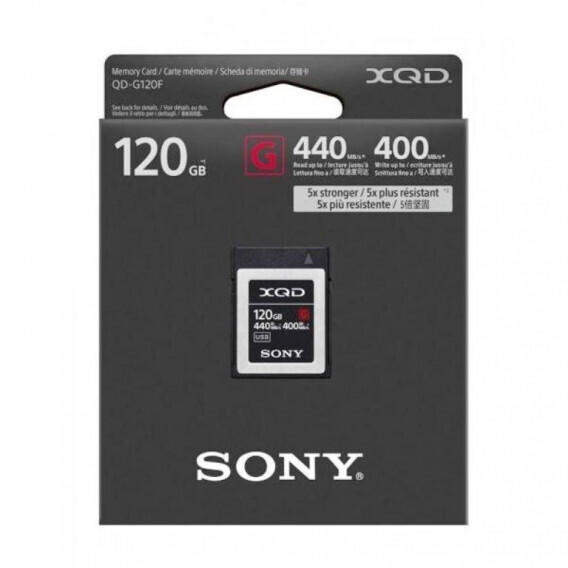
Authenticity
Counterfeit memory cards can lead to data loss, compatibility issues, and even potential damage to your device. To ensure you're getting an authentic memory card, look for reputable brands such as SanDisk or Samsung. These brands have a long-standing reputation for producing high-quality memory cards that meet industry standards.
One specific product to consider is the SanDisk Extreme Pro SDXC UHS-I Memory Card. This card offers blazing-fast read and write speeds of up to 170MB/s and is available in capacities ranging from 64GB to 1TB. It is also equipped with advanced error correction technology and a built-in write-protect switch for added security. Another reliable option is the Samsung EVO Plus microSDXC Memory Card. With read and write speeds of up to 100MB/s and storage capacities up to 256GB, this card is perfect for storing HD videos and photos. It is water, temperature, X-ray, and magnet-proof, ensuring the safety of your data. Both these cards come with a limited lifetime warranty, providing peace of mind and guarantee for their authenticity.


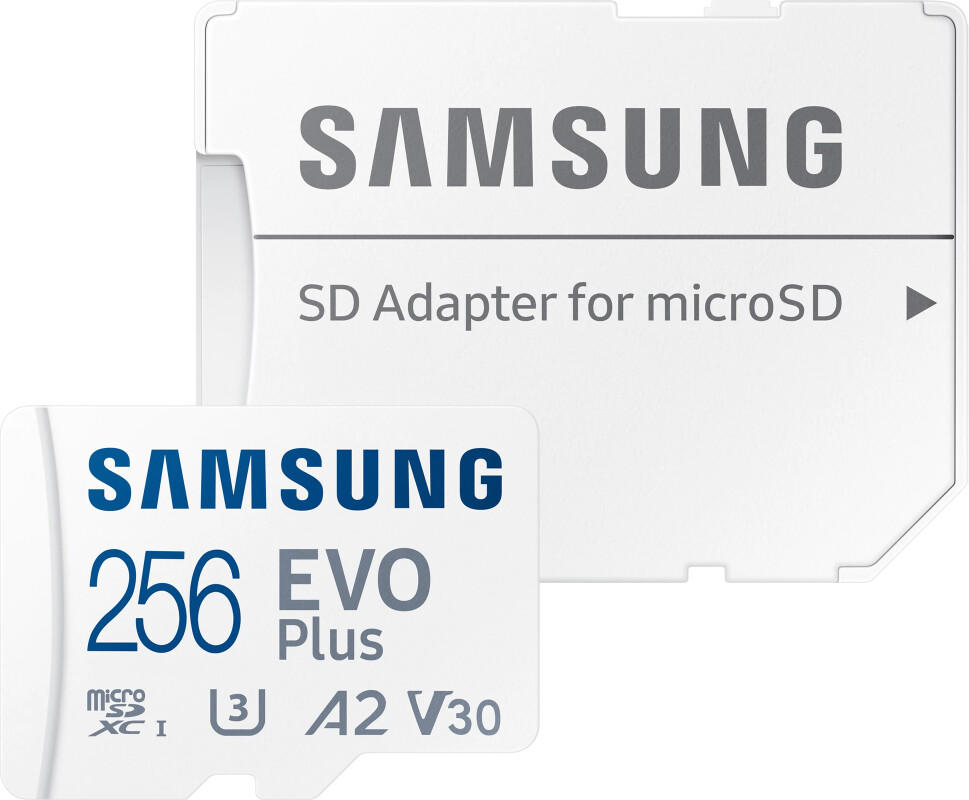
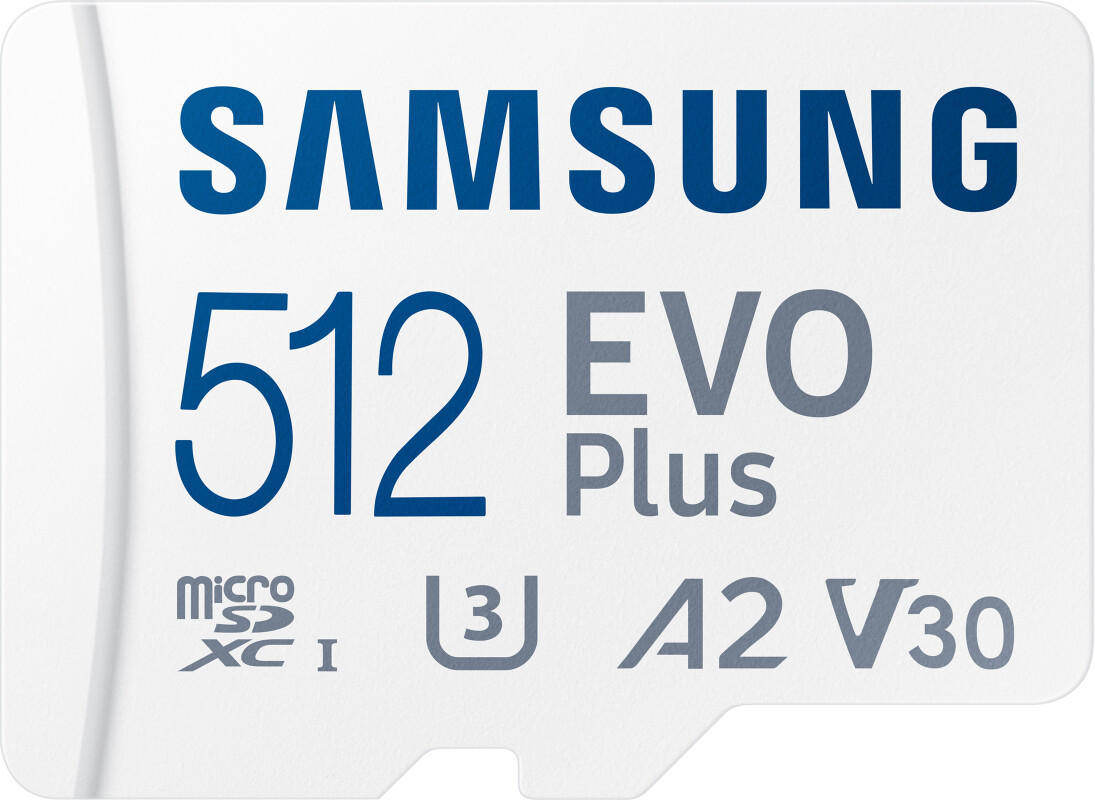
Compatibility with devices
Different devices support different types of memory cards, such as SD, microSD, or CompactFlash. For example, if you have a DSLR camera, you will typically need a CompactFlash (CF) card. Products like SanDisk Extreme PRO CFexpress Type B Memory Card or Lexar Professional 1667x UHS-II SDXC Memory Card are excellent choices for ensuring compatibility with high-end cameras. However, if you have a smartphone or tablet that supports expandable storage, you might opt for a microSD card. In this case, Samsung EVO Select microSDXC Memory Card or SanDisk Ultra 256GB microSDXC UHS-I Memory Card are highly recommended, providing compatibility with a wide range of devices. Therefore, it is essential to ensure compatibility with your specific device before purchasing a memory card.
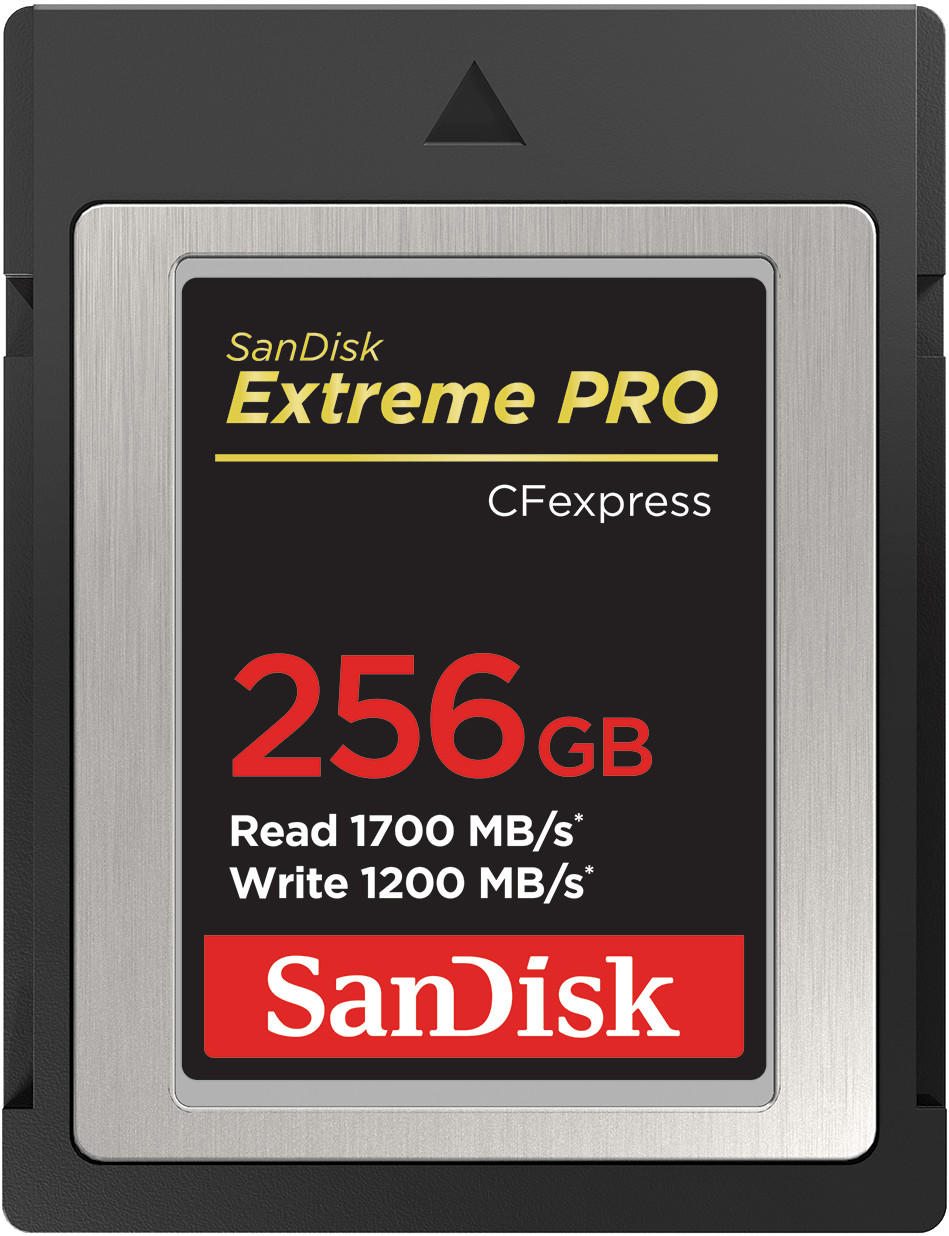
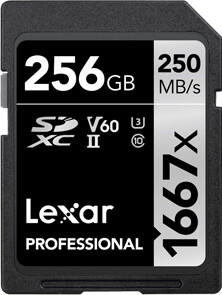


Transfer speed
Transfer speed refers to how quickly data can be read from or written to the memory card. This can greatly affect the performance of your devices, especially if you use them for tasks that involve transferring large files, such as recording high-resolution videos or capturing continuous burst shots when photography.
There are different classes of memory cards, each with varying transfer speeds. One commonly used classification is the Speed Class, denoted as a number inside a 'C' on the memory card. For example, a SanDisk Extreme Pro SDXC Memory Card comes in different versions with Speed Classes ranging from UHS Speed Class 1 (U1) to UHS Speed Class 3 (U3), indicating minimum write speeds of 10MB/s and 30MB/s, respectively. Another classification to consider is the Video Speed Class, which signifies the minimum write speeds required for different video recording formats. For instance, the Lexar Professional 2000x SDXC UHS-II Card is classified as V90, guaranteeing a minimum sustained write speed of 90MB/s, ideal for recording 4K/8K video. Larger capacity cards often have faster transfer speeds, like the SanDisk Extreme PRO CFexpress Card Type B with a read speed of up to 1700MB/s and a write speed of up to 1400MB/s, offering exceptional performance for professional tasks.
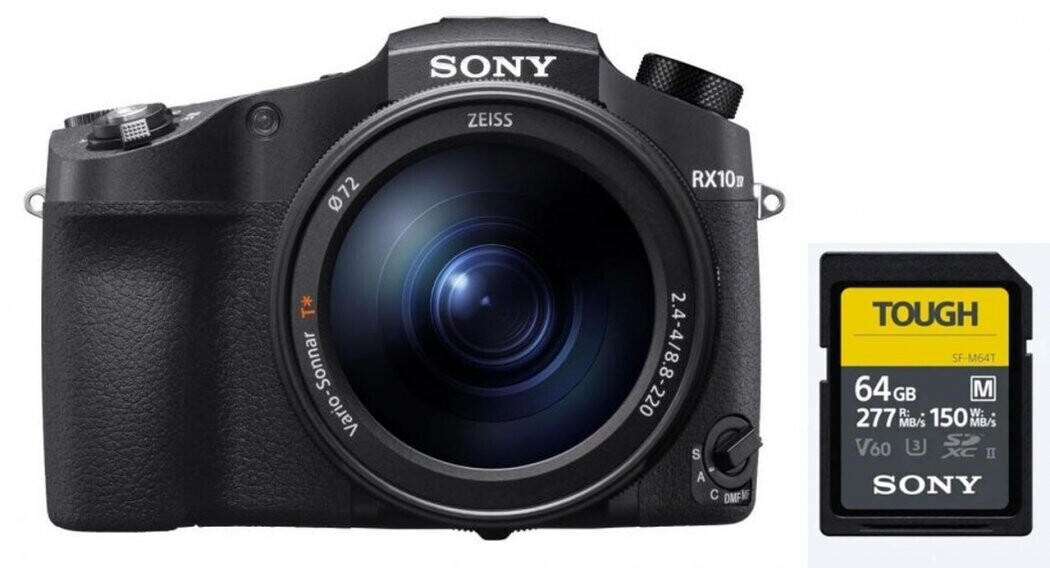


Error correction
It refers to the technology used to detect and correct errors that may occur during data transfers or storage. High-quality memory cards are equipped with advanced error correction algorithms, such as built-in Reed-Solomon codes, that help minimize data corruption and maintain data integrity. One example of a memory card with robust error correction capabilities is the SanDisk Extreme PRO SDXC UHS-II Card. This card utilizes advanced error correction technology to ensure reliable storage and transfer of data. Similarly, the Samsung EVO Plus microSDXC UHS-I Card is another excellent option known for its superior error correction capabilities. These memory cards are designed to minimize the risk of data loss and provide a more dependable storage solution.


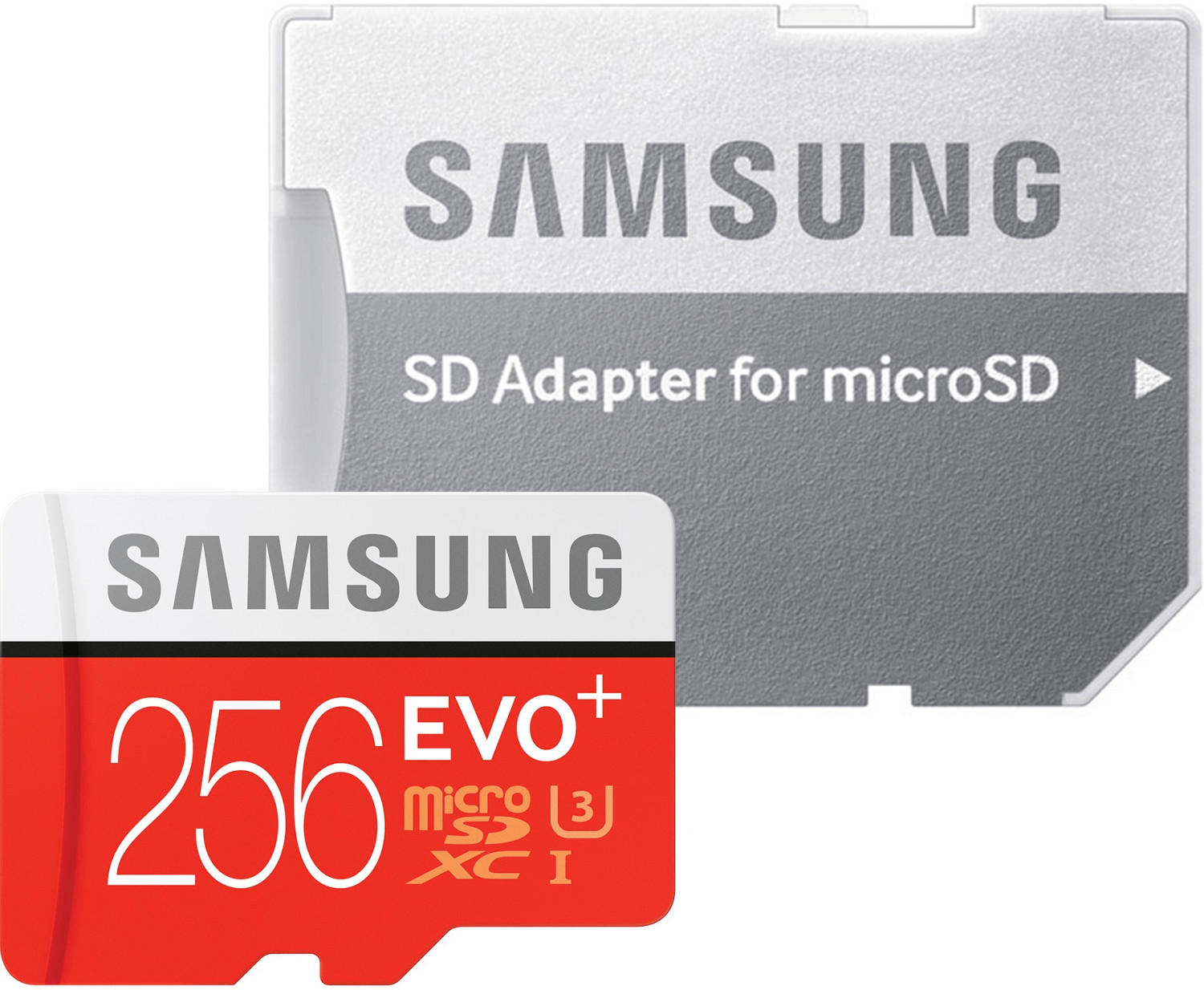
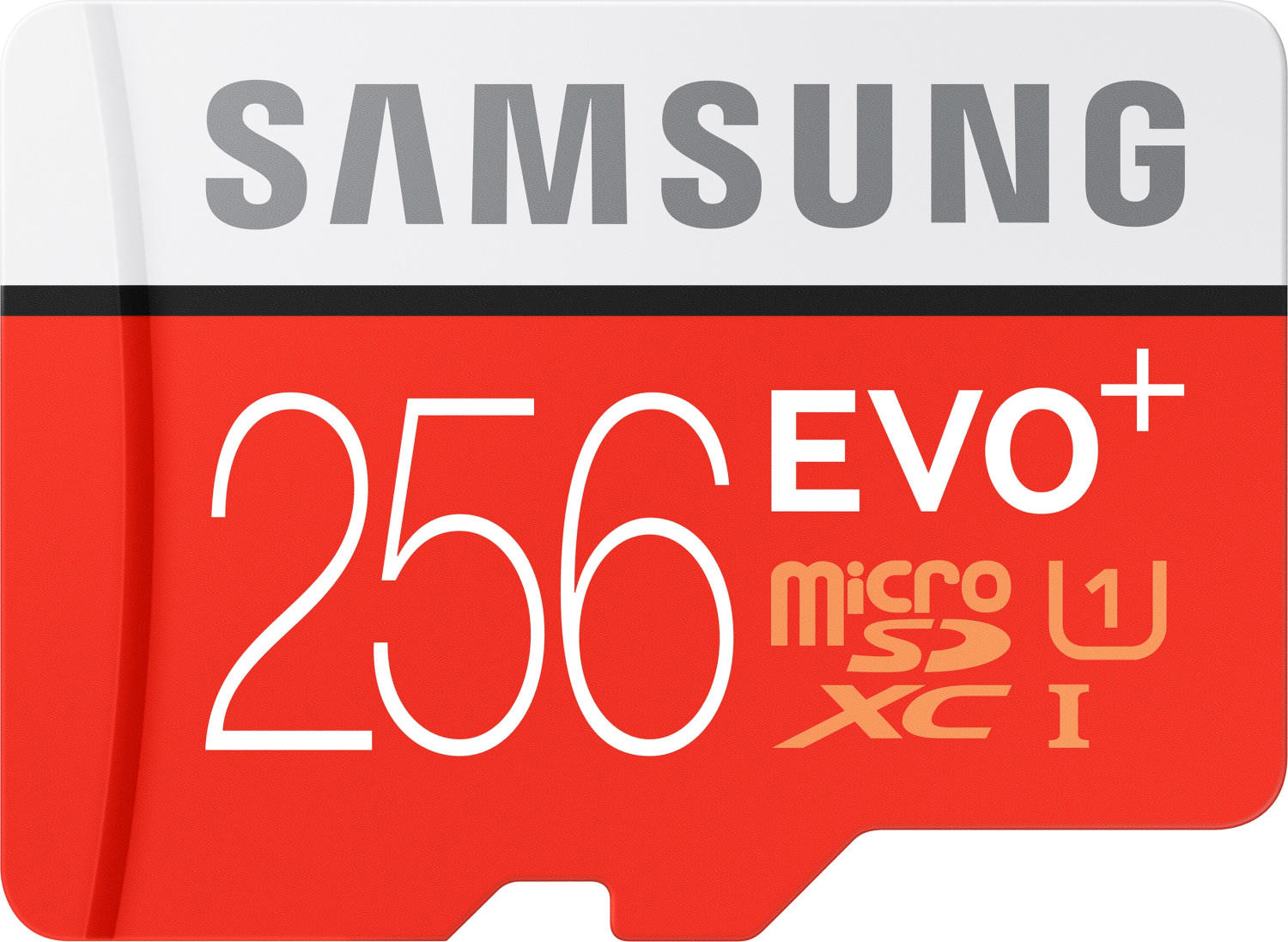
Encryption capability
Some memory cards offer built-in hardware encryption, ensuring that your files are strongly protected. One notable example is the SanDisk Extreme PRO SDXC UHS-I Memory Card. This high-speed memory card not only offers outstanding transfer rates but also comes with 128-bit Advanced Encryption Standard (AES) encryption. It keeps your data safe, even if the card is stolen or lost. Another option to consider is the Samsung EVO Plus microSDXC Memory Card. Along with its ample storage capacity and fast read and write speeds, it also supports reliable 128-bit encryption, helping you secure your files effectively.


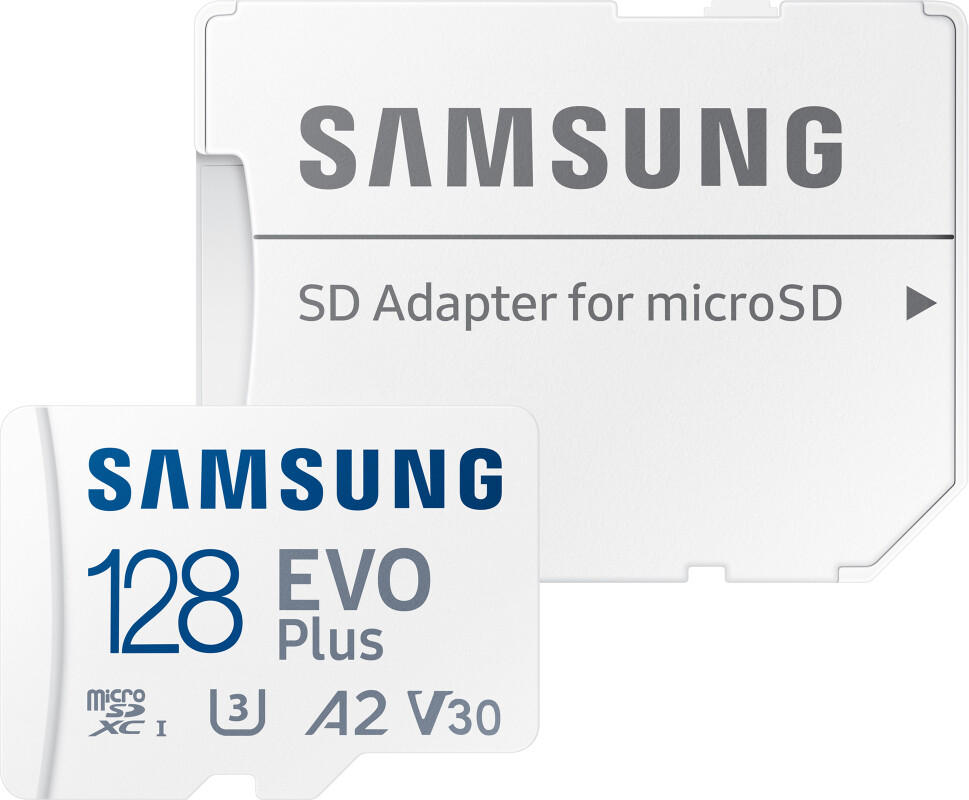
File system support
The file system determines how the information is stored and organized on the memory card. NTFS, FAT32, and exFAT are the commonly used file systems. The SanDisk Extreme PRO SDXC UHS-I Card is an excellent choice as it supports the exFAT file system and offers fast read and write speeds. Additionally, it is available in various capacities, from 64GB up to a massive 1TB. Another reliable option is the Lexar Professional 1066x SDXC UHS-I Card, which supports both NTFS and exFAT file systems and offers quick transfer speeds. This memory card also comes in different capacities, ranging from 64GB to 512GB. If you require a memory card with FAT32 file system support, the Samsung Evo Select microSDXC is a popular choice. It is available in capacities from 32GB to 512GB, and it offers fast read and write speeds suitable for storing multimedia and gaming files on various devices.


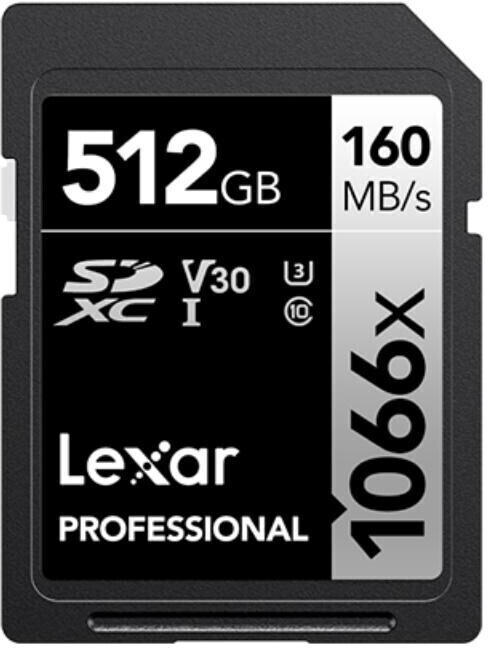

Shock resistance
Shock resistance refers to the card's ability to withstand physical impacts and vibrations without data loss or damage. For those who engage in adventurous outdoor activities or use their devices in rugged environments, a memory card with high shock resistance is essential.
One notable memory card in terms of shock resistance is the SanDisk Extreme PRO SDXC UHS-I card. It boasts shockproof, temperature-proof, waterproof, and X-ray-proof properties, ensuring data integrity even in extreme conditions. Another option is the Samsung PRO Endurance microSD Card, specifically designed for continuous recording applications. With an astonishing 43,800 hours of endurance rating and resistance against up to 3,000 G-force shocks, this card is perfect for dashcams and home security systems.
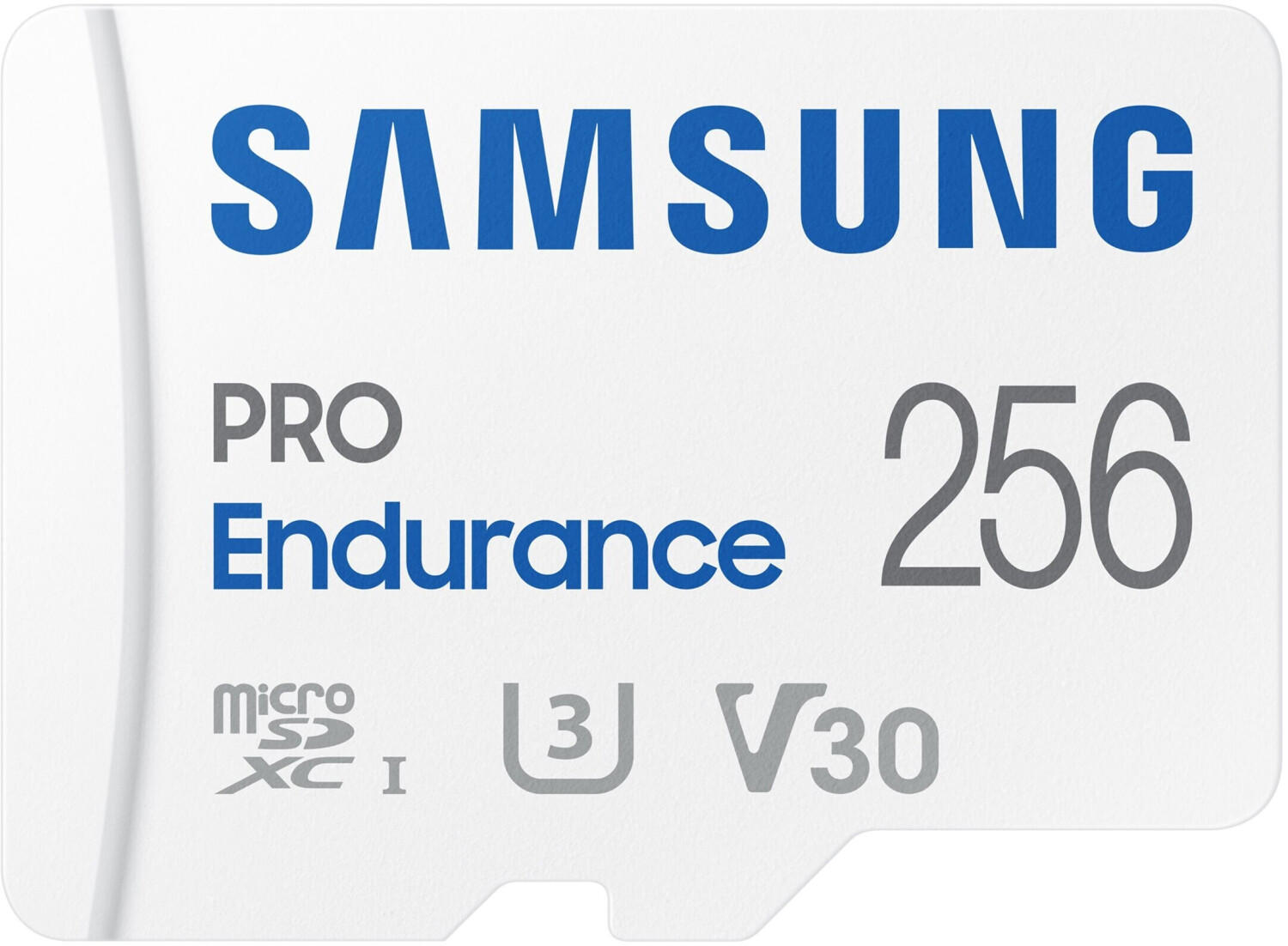
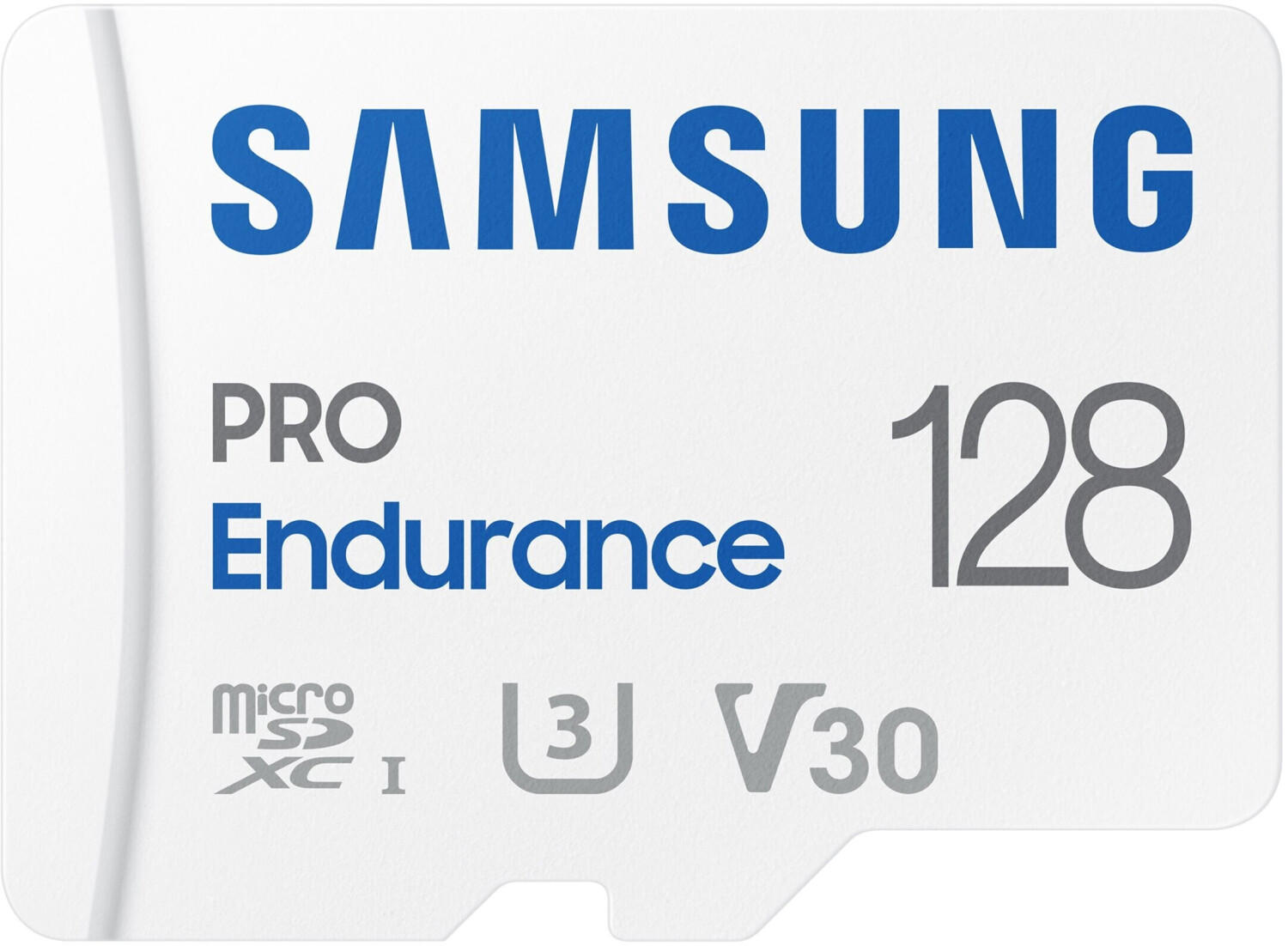
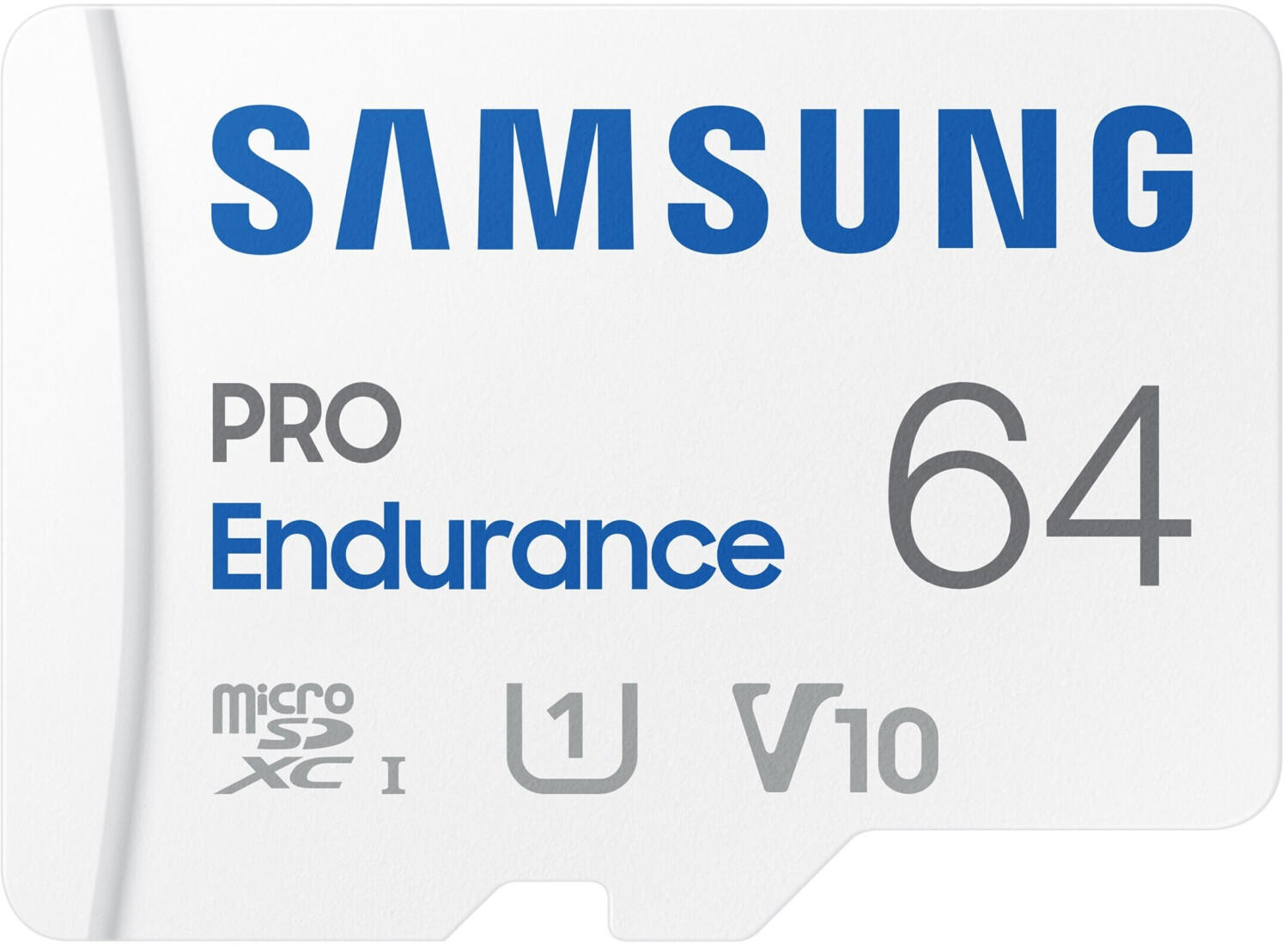
In terms of product segments, we have two notable groups: the high-performance segment and the endurance segment. The high-performance segment includes cards such as the Lexar Professional 2000x SDXC UHS-II Card which offers incredible read speeds for quick data transfers. On the other hand, the endurance segment contains cards like the Transcend High Endurance microSD Card, which are specifically designed for devices that require continuous recording and heavy writing cycles. These memory cards are ideal for dashcams, surveillance systems, and action cameras that frequently write data onto the card.


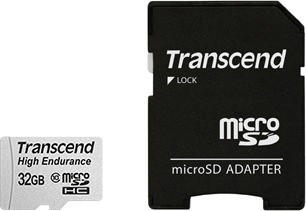
Temperature resistance
Different memory cards have varying levels of resistance, which determines their ability to withstand extreme temperature conditions. For instance, the SanDisk Extreme Pro SDXC UHS-I Card is designed to operate in temperatures ranging from -25°C to 85°C, making it a reliable choice for photographers who often shoot in extreme weather conditions. Meanwhile, the Samsung EVO Plus microSDXC UHS-I Card is also temperature-resistant, with the ability to withstand temperatures from -25°C to 85°C. With these options, you can confidently use your memory card in various environments without worrying about its performance being affected by temperature fluctuations.


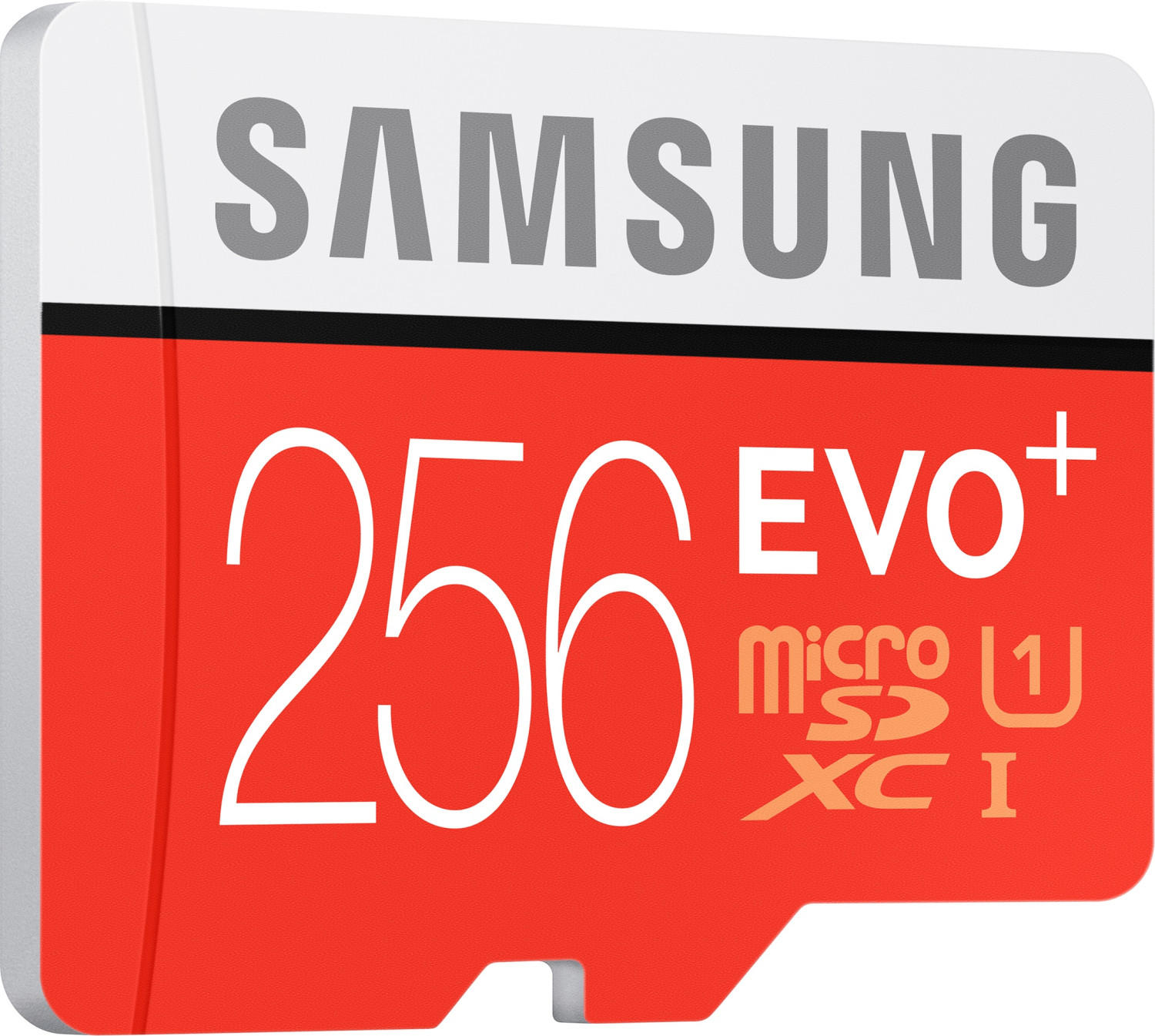
Waterproof
If you often engage in activities like swimming, diving, or even outdoor photography in rainy conditions, a waterproof memory card will provide peace of mind knowing that your data will remain safe even if the card gets wet. One such product that stands out is the SanDisk Extreme PRO SDXC UHS-I Card with its waterproof rating of IPX7. This means that the card can withstand being submerged in one meter of water for up to 30 minutes without being damaged. Another reliable option is the Sony TOUGH-G series SDXC Memory Card which not only offers waterproofing with an IPX8 rating but is also dustproof with an IP6X rating, ensuring durability in extreme conditions. Both cards also support high-speed data transfer, with the SanDisk model providing read speeds of up to 170MB/s and write speeds of up to 90MB/s, while the Sony TOUGH-G series offers even faster write speeds of up to 299MB/s to accommodate shooting high-resolution photos or recording 4K videos underwater.


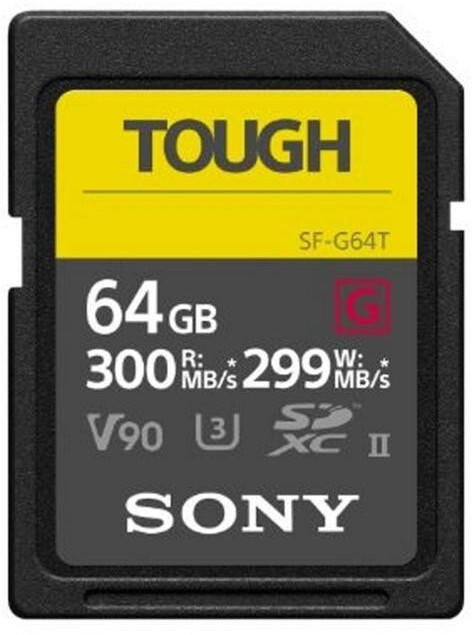
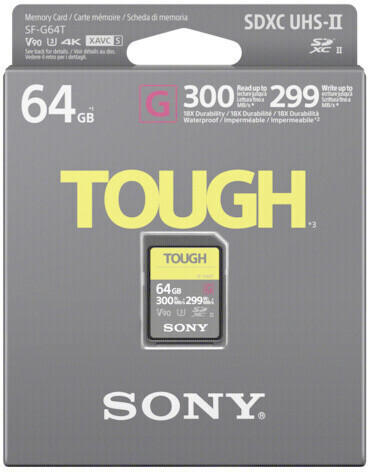
X-ray resistant
This is particularly crucial for frequent travelers who often pass their memory cards through airport security scanners. An X-ray resistant memory card ensures the safety and longevity of your data even under scanners. For example, the SanDisk Extreme PRO SDXC Memory Card offers X-ray protection, allowing you to confidently travel with your valuable memories and files. Additionally, the Sony TOUGH-G SF-G series SD cards also boast X-ray resistant properties, thanks to their robust construction and specialized materials. These options are great for individuals who need reliable memory cards that can withstand X-ray exposure with minimal risk of data corruption or loss.


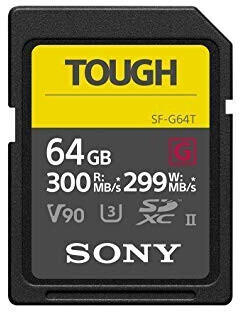
Magnet resistant
Some memory cards are designed to withstand magnetic interference, ensuring the safety and integrity of your important data. One such example is the SanDisk Extreme PRO UHS-I SDXC Memory Card. With its magnet resistance feature, this memory card offers fantastic reliability and durability. It is available in different capacities, ranging from 32GB to a massive 1TB, and supports fast read and write speeds of up to 170MB/s and 90MB/s, respectively. Another option is the Lexar Professional 633x SDXC UHS-I Card. This memory card is also magnet-resistant and comes in various sizes, from 16GB to 1TB, with read speeds of up to 95MB/s, providing sufficient space and speed for your storage needs. These exemplify the top choices in the market for magnet-resistant memory cards, ensuring your data remains secure and protected even in magnetic environments.


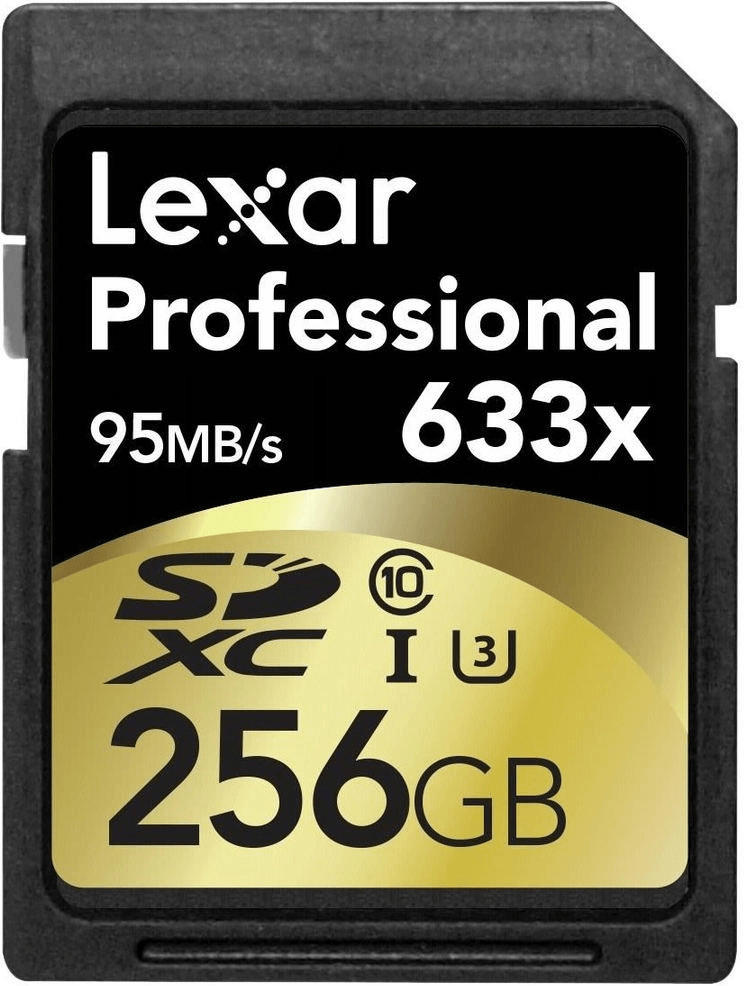
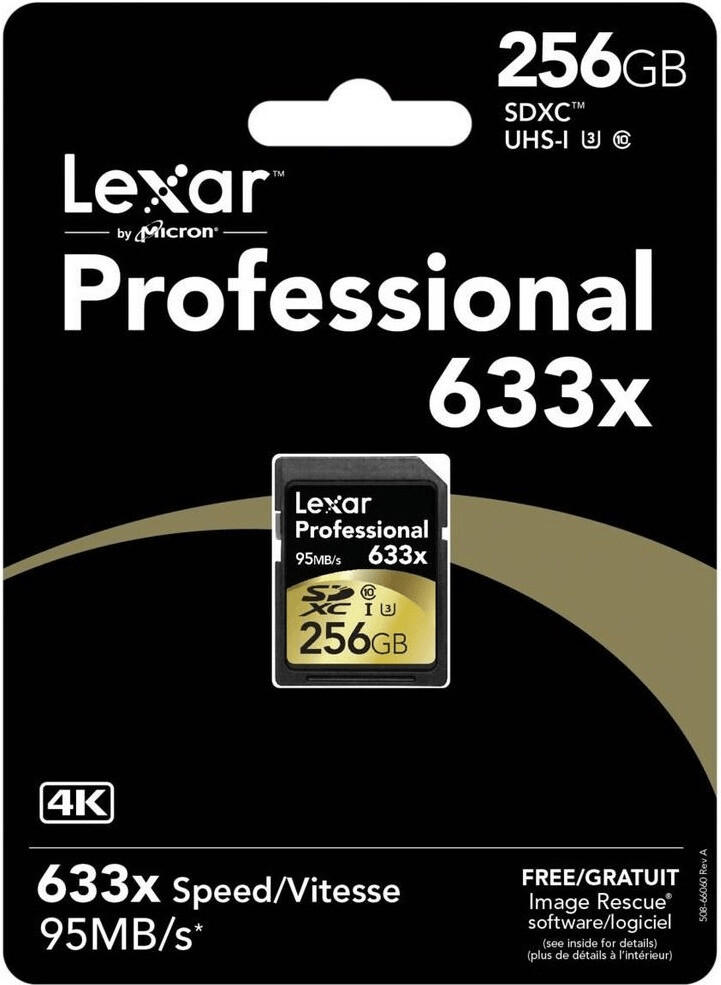
Electrical shock resistant
This feature ensures that your data remains safe and intact even in the event of an accidental electric shock.
One example of a memory card known for its electrical shock resistance is the SanDisk Extreme PRO. This memory card is specifically designed to withstand extreme conditions and is rated C10, U3, V30, and A2, which means it offers a minimum write speed of 30MB/s, making it perfect for recording high-resolution videos or capturing burst-mode photos. Another option worth considering is the Lexar Professional 2000x. With a high-speed performance capable of capturing high-quality images, this memory card has undergone rigorous testing to ensure it can withstand severe shock and vibrations, making it an excellent choice for professionals and photographers working in demanding environments.
It's worth noting that memory cards on the market can be grouped into different segments, such as budget, mid-range, and high-end. For those on a budget, the Samsung EVO Select offers a good balance between price and performance while still providing electrical shock resistance. For mid-range options, the Kingston Canvas React is a reliable choice, offering fast performance and enhanced durability. In the high-end category, the Sony SF-G Tough Series is a standout due to its unmatched ruggedness and resistance to extreme conditions, including electrical shock. Ultimately, choosing the memory card that suits your specific requirements and offers electrical shock resistance ensures the safety and durability of your valuable data.
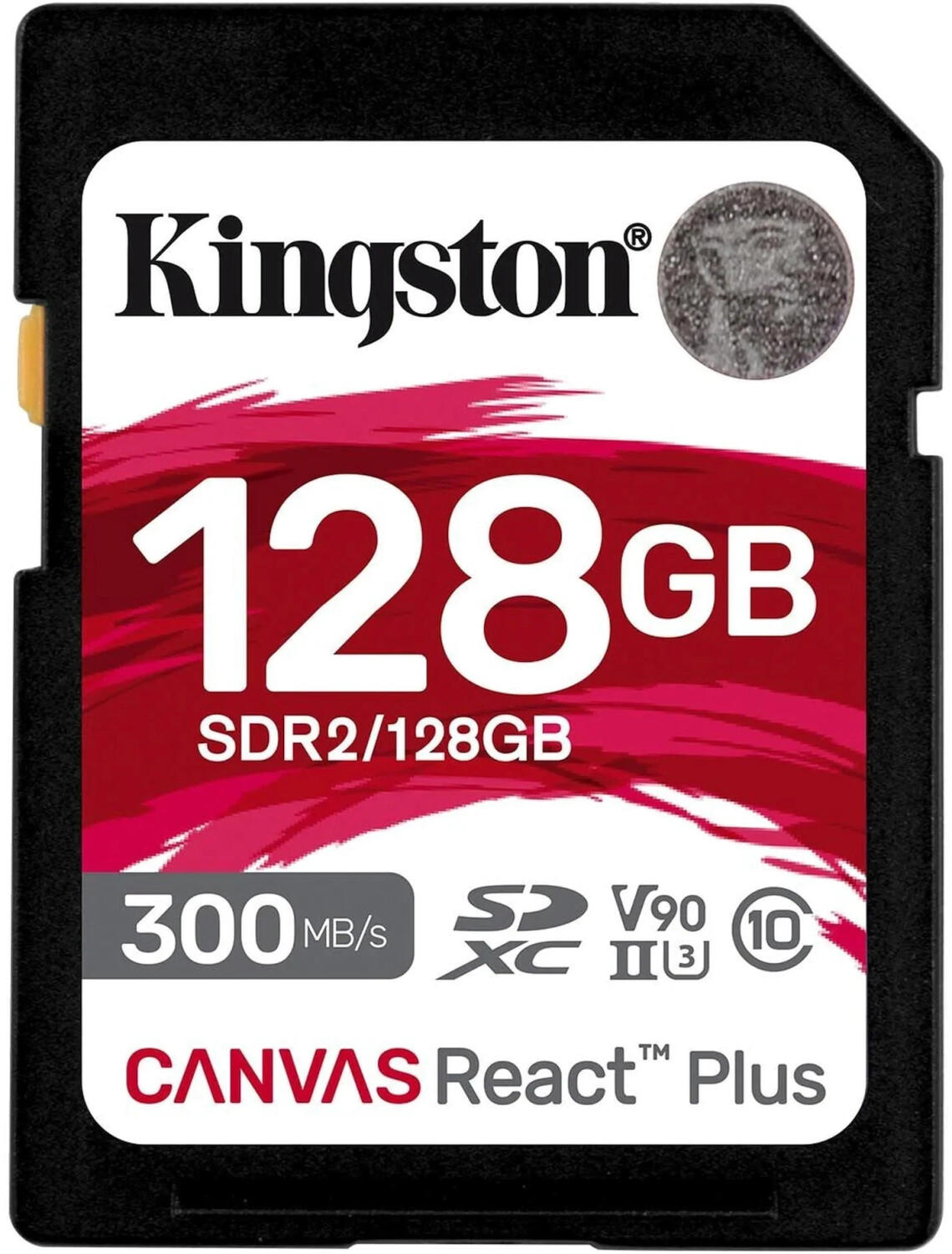



High-definition video recording support
Look for memory cards that offer high read and write speeds, as fast data transfer is essential for smooth and uninterrupted video recording. One excellent option is the 'SanDisk Extreme PRO SDXC UHS-I Memory Card', which boasts a read speed of up to 170MB/s and a write speed of up to 90MB/s. With its UHS Speed Class 3 (U3) and Video Speed Class 30 (V30) ratings, it is specifically designed for capturing 4K Ultra HD video and high-quality burst photography.
Another type of memory card to consider is the 'Lexar Professional 1066x CompactFlash Card', which is aimed at professional photographers and videographers. Offering a minimum sustainable write speed of 65MB/s, this card is well-suited for continuous shooting and full HD video recording. With its high read and write speeds, it supports flawless capture of high-resolution videos without any buffering issues.


4K video recording support
First and foremost is the card's write speed. To ensure smooth and uninterrupted recording, a high write speed is essential. One excellent choice for a high-performance memory card is the SanDisk Extreme PRO SDXC UHS-I Card. It offers a whopping 150MB/s write speed, allowing for seamless 4K video recording. Another option for reliable video recording is the Lexar Professional 1000x SDXC UHS-II Card. With a minimum write speed of 30MB/s, it is a great choice for capturing high-resolution videos without any hiccups.
In addition to write speed, it is crucial to ensure your memory card has sufficient storage capacity. The Samsung EVO Select microSDXC Card is available in capacities ranging from 32GB to a massive 512GB, providing ample space to store your 4K recordings. For those who prefer a portable option, the Sony TOUGH-PRO CFexpress Type B Memory Card offers a rugged design with capacities up to 512GB, making it an ideal choice for professional videographers on the go.



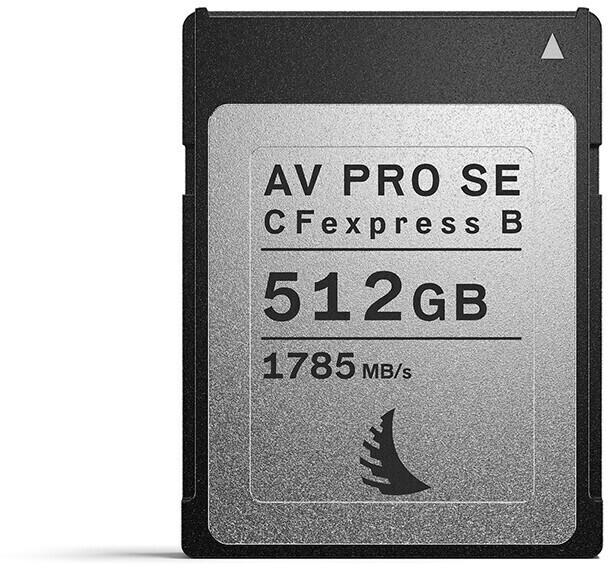
Continuous shooting support
This is especially crucial for those who love capturing fast-paced action or taking multiple shots in quick succession. Look for a memory card that offers high write speeds and a large cache, as this will ensure that the camera can keep up with the demands of continuous shooting without any lag or buffer issues.
For professional photographers or enthusiasts who require utmost performance, high-end memory cards like the SanDisk Extreme Pro SDXC UHS-I Card or the Lexar Professional 2000x SDXC UHS-II Card are excellent options. These cards boast impressive write speeds of up to 300MB/s and 260MB/s respectively, and include a large cache to handle continuous shooting smoothly. For more budget-conscious users, the Transcend SDXC/SDHC UHS-I Card and the PNY Elite Performance SDXC Class 10 Card are reliable choices with decent write speeds and ample storage capacity.


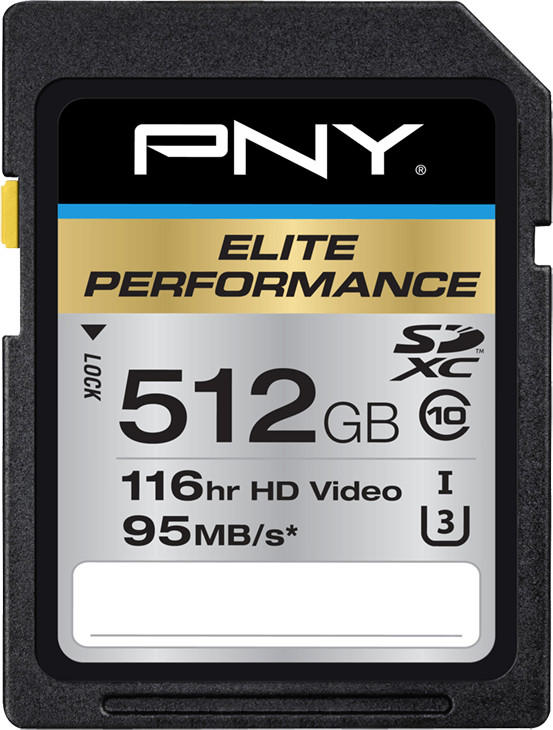
Burst mode support
Burst mode allows photographers to capture multiple shots quickly, making it ideal for action photography or capturing fast-paced events. To ensure optimal performance, it is recommended to use a memory card that offers high write speeds. One excellent option that fulfill this requirement is the SanDisk Extreme Pro SDXC UHS-II Memory Card. With write speeds of up to 260MB/s, this memory card enables photographers to take continuous shots without any lag or delay. Another great choice is the Lexar Professional 2000x SDXC UHS-II card, offering impressive write speeds of up to 260MB/s for speedy image capturing.
For even faster write speeds, professional photographers may want to consider memory cards in the higher-end segment. The Sony G Series XQD Memory Card offers outstanding burst mode performance with incredibly fast write speeds of up to 440MB/s. Another option is the SanDisk Extreme PRO CFexpress Type B Memory Card, which boasts write speeds of up to an impressive 1700MB/s, ensuring virtually no time is wasted between shots in burst mode. These high-performance memory cards provide professionals with the perfect tool to capture fast-action scenes.
RAW image support
RAW images are uncompressed and provide greater flexibility for image editing, making them a popular choice among professional photographers. It is essential to select a memory card that can handle the large file sizes that RAW images produce. Transcend SDXC UHS-II U3 V90 and SanDisk Extreme Pro CFexpress Type B are excellent options for cameras with RAW support. Transcend's memory card offers a storage capacity of up to 256GB and data transfer speeds of up to 275MB/s, ensuring quick and efficient shooting. On the other hand, SanDisk's CFexpress card boasts a capacity of 128GB and speeds of up to 1700MB/s for seamless shooting and transfer of RAW files. Both cards are designed to provide maximum performance for RAW image shooting and editing.
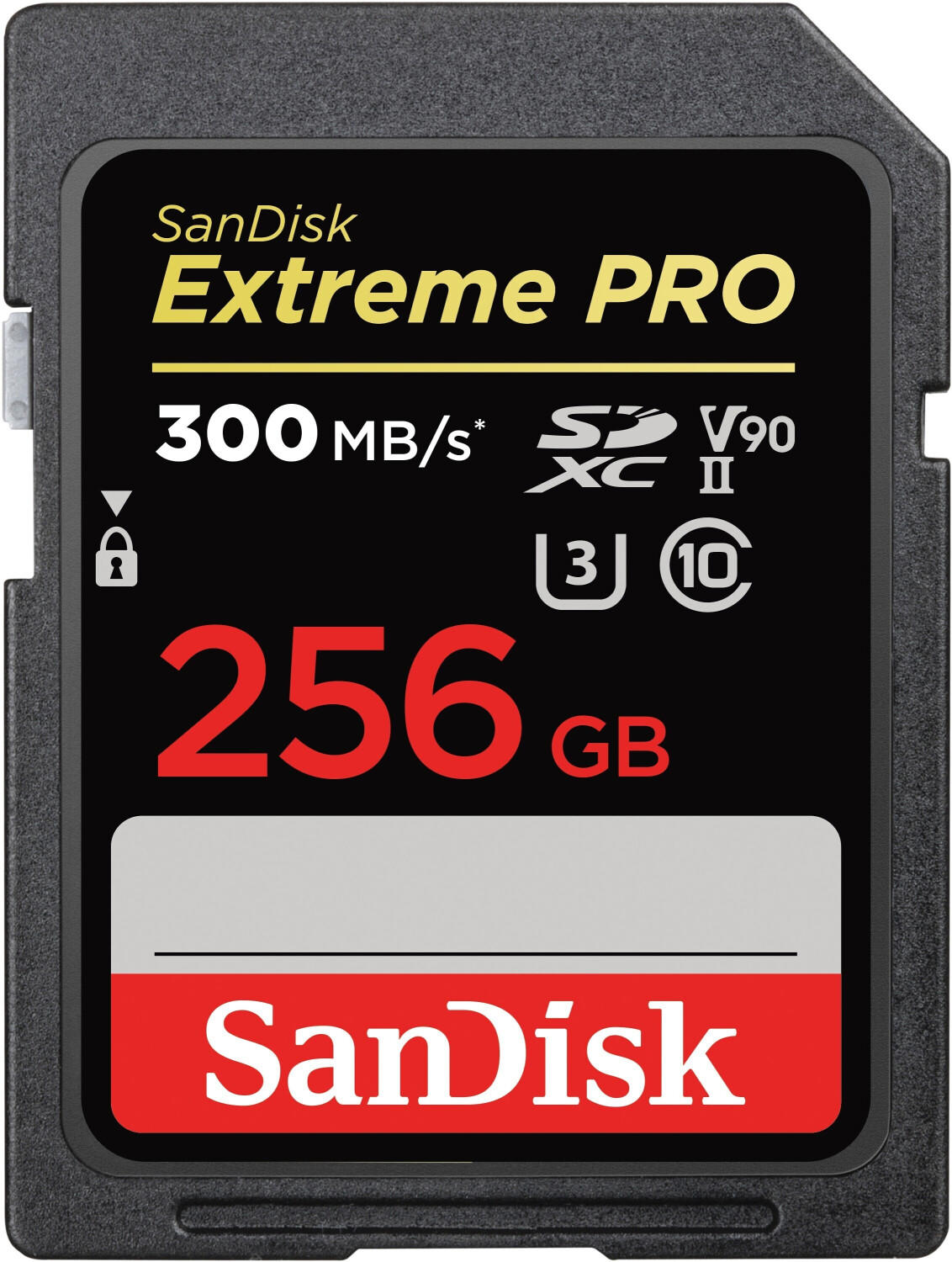



Low power consumption
Low-power memory cards not only help prolong battery life but also offer faster operation and increased device performance. For users who require energy-efficient choices, SanDisk's Extreme Pro SDXC card features Class 10 and UHS Speed Class 3, offering transfer speeds of up to 170MB/s and write speeds of up to 90MB/s. Similarly, Lexar's Professional 1066x CompactFlash card is designed with power-saving features while delivering blazing-fast read speeds of up to 160MB/s and write speeds of up to 155MB/s. Another option is Kingston's Canvas Select microSD card, which is energy-efficient, allowing devices to run smoothly while reducing power consumption. These cards are ideal for photographers, videographers, and enthusiasts seeking high-performance memory storage without compromising on power efficiency.
Data retention
Data retention refers to the ability of a memory card to retain the stored data over time, even when the card is not in use or during periods of power loss. It is essential to opt for memory cards with high data retention rates to ensure that your valuable data remains intact and accessible for extended periods.
An example of a memory card with excellent data retention is the SanDisk Extreme PRO SDXC Memory Card. With a data retention rate of up to 10 years, this card is designed to securely store data for prolonged durations. It also offers high-speed transfer rates of up to 170MB/s, allowing for fast and efficient data transfers. Another option is the Lexar Professional 1066x SDXC UHS-I Card, which boasts a data retention rate of up to 10 years along with a blazing-fast maximum read speed of 160MB/s. These cards are ideal for avid photographers, videographers, and professionals who require reliable and durable storage solutions for their data.


USB connectivity
Most memory cards use USB technology to transfer data, so it's crucial to ensure that the memory card you choose is compatible with your device. The USB connectivity will determine how fast the data can be transferred between the memory card and your device. For example, SanDisk Extreme Pro offers USB 3.1 connectivity, allowing for blazing-fast transfer speeds of up to 170MB/s. Alternatively, if you need a more budget-friendly option, the Samsung PRO Endurance card provides USB 3.0 connectivity with a transfer speed of up to 100MB/s. Remember to check your device's compatibility and choose a memory card that best fits your USB connectivity needs.
Type of memory card (SD, MicroSD, CompactFlash, etc.)
There are several types available in the market, including SD, MicroSD, CompactFlash, and many more. SD (Secure Digital) cards are the most common and widely used, with a variety of options for different needs. For example, the SanDisk Extreme Pro SDXC UHS-I card offers high-performance capabilities with up to 170MB/s read speeds and 90MB/s write speeds.
MicroSD cards are the smaller version of SD cards and are typically used in smartphones, GoPro cameras, and other portable devices. An excellent option is the Samsung EVO Select microSDXC, which provides fast read and write speeds, waterproof and temperature resistance, and capacities ranging from 64GB to 512GB.

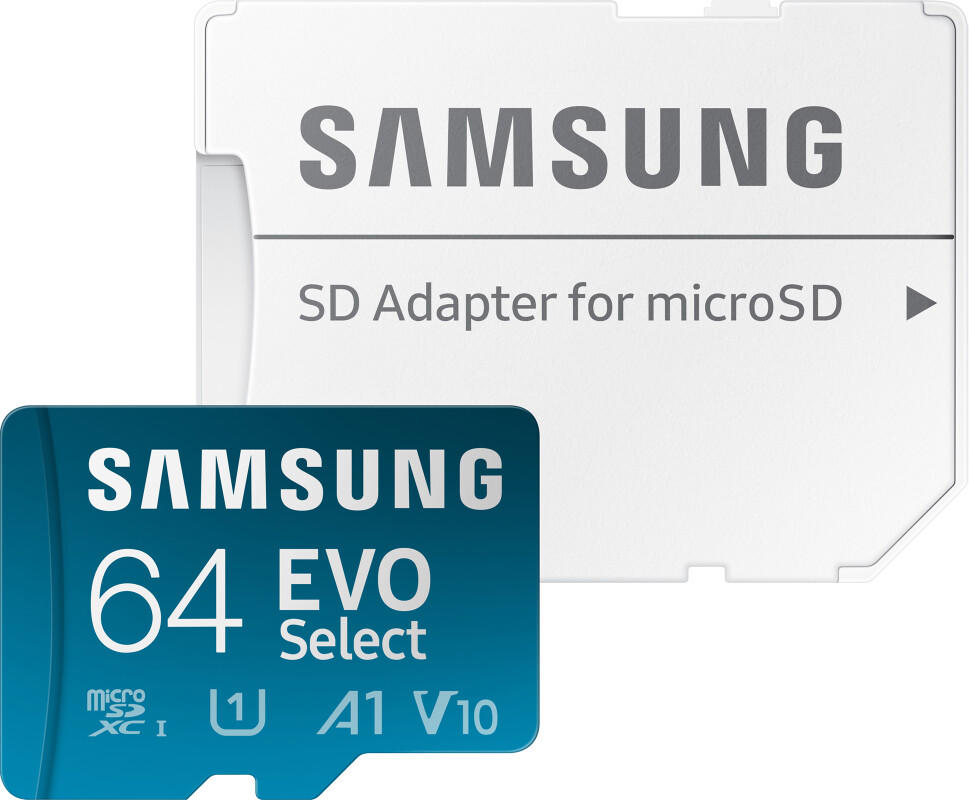
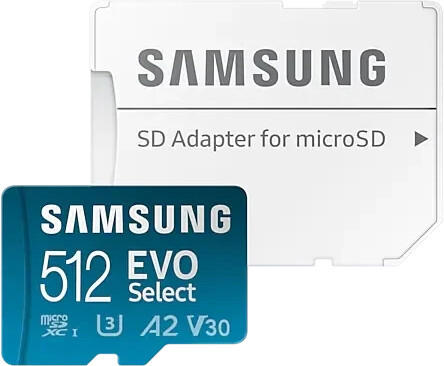
CompactFlash cards are common in professional cameras and offer high capacities and fast transfer speeds. The Lexar Professional 1066x CompactFlash card is an ideal choice with up to 1066x speed and support for VPG-65 (Video Performance Guarantee) for professional-quality video capture.
Ergonomics
Look for memory cards with a durable and compact design that can withstand different environments and are easy to handle. One example is the SanDisk Extreme PRO SDXC Memory Card, which offers a sturdy construction with a moisture-resistant coating and a writeable label for easy identification. Additionally, the Lexar Professional 2000x SDXC UHS-II Card features a convenient locking mechanism to prevent accidental data loss.
In terms of ergonomics, memory cards can be grouped into different segments. For professional photographers and videographers, high-speed and large capacity memory cards are essential. Products like the Sony G Series XQD Memory Card provide fast write speeds and ample storage options, enabling reliable and efficient data transfer during high-resolution shooting. For everyday use or casual photography, consider more budget-friendly options like the Samsung EVO Select MicroSDXC Memory Card, which offers a small form factor, versatile compatibility, and Class 10 UHS-I speeds for smooth media playback and file transfers.




Specialized features (Wi-Fi, remote access, etc.)
One such feature is Wi-Fi capability, which allows you to wirelessly transfer and access your photos and videos on your device or computer. One memory card that offers this feature is the Eyefi Mobi. The Eyefi Mobi memory card is compatible with most cameras and offers real-time syncing to your smartphone or tablet. With its Direct mode, you can access your files even without an internet connection.
Another useful specialized feature is remote access, which allows you to remotely control your camera using your smartphone or computer. The Nikon WT-6A Wireless Transmitter is a prime example of a memory card that offers this capability. It allows you to wirelessly transfer images, control the camera settings, and even geotag your photos. It supports FTP and HTTP, ensuring effortless and secure file transfer.
Memory cards with specialized features such as Wi-Fi and remote access provide enhanced convenience and flexibility for photographers. These features eliminate the need for cumbersome cables and allow for effortless file transfer and control, making them a great choice for those who value ease of use and efficiency.
Product dimensions
The physical size of the card is crucial as it determines compatibility with devices. Currently, there are three common memory card sizes in the market: SD (Secure Digital), microSD, and CompactFlash. SD cards are typically larger, measuring approximately 32 x 24 x 2.1 mm. Popular SD card options include the SanDisk Ultra SDXC Memory Card and the Lexar Professional 633x SDHC Card. On the other hand, microSD cards are significantly smaller, measuring around 11 x 15 x 1 mm and are especially used in smartphones, tablets, and action cameras. Two examples of reliable microSD cards are the Samsung EVO Select microSDXC Card and the Sandisk Extreme microSDXC Memory Card. Lastly, CompactFlash (CF) cards, being larger and more robust, are commonly used in professional-grade cameras. The Transcend CompactFlash Card and the Lexar Professional 1066x COMPACT FLASH Card are distinguished options under this category.
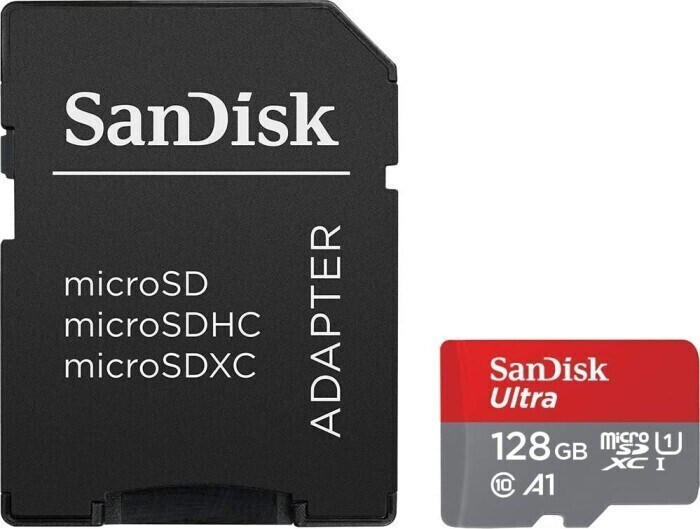
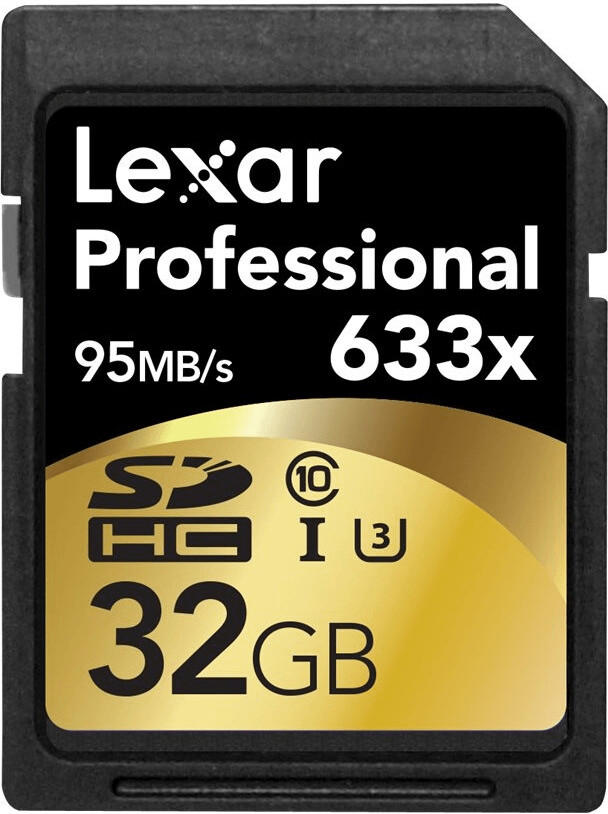


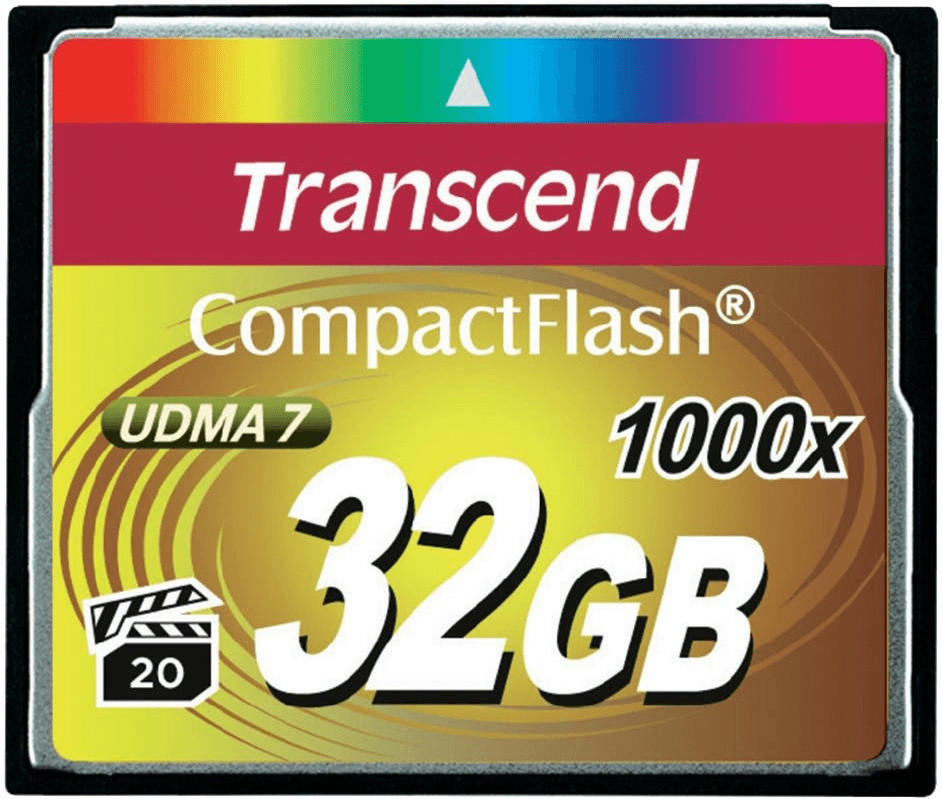

Design and aesthetics
One example of a memory card that excels in design is the SanDisk Ultra microSDXC UHS-I. With its sleek and stylish design, this memory card not only looks great but is also designed to withstand water, temperature, shock, and X-rays. Another option is the Samsung EVO Plus microSD. With its vibrant red and white design, it is not only visually appealing but also boasts features like being water and temperature-resistant, making it a reliable choice for data storage. Additionally, the Lexar Professional 2000x USB 3.0 Readers offers a minimalistic and contemporary design, making it a perfect choice for professional photographers and videographers. These examples highlight the importance of design and aesthetics, ensuring that users not only have a functional memory card but also one that adds a touch of style to their devices.

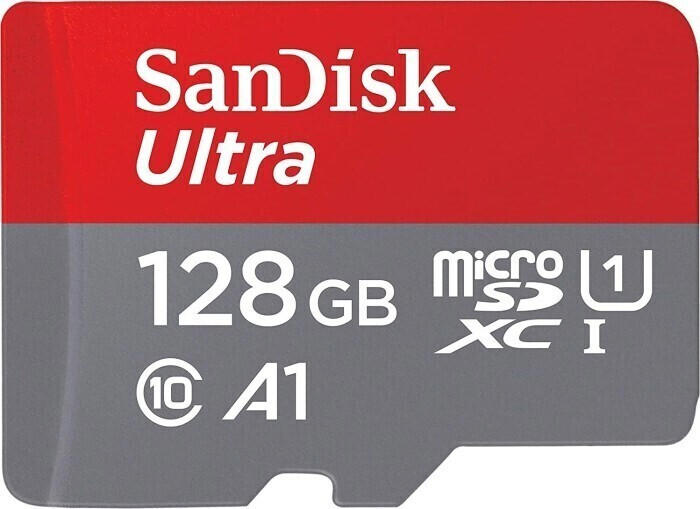
Price
Memory cards are available at various price points, ranging from budget-friendly options to premium high-end models. For those on a tight budget, the SanDisk Ultra 32 GB SDHC Memory Card is a great choice. Priced competitively, it offers ample storage capacity to store photos and videos. Another affordable option is the Samsung EVO Plus 64GB microSDXC Memory Card. It provides a generous amount of storage space and is compatible with a wide range of devices. If you require a larger storage capacity and are willing to spend a bit more, the Lexar Professional 128GB SDXC Memory Card is a top-notch option. With fast read and write speeds, it can handle high-resolution photos and videos.
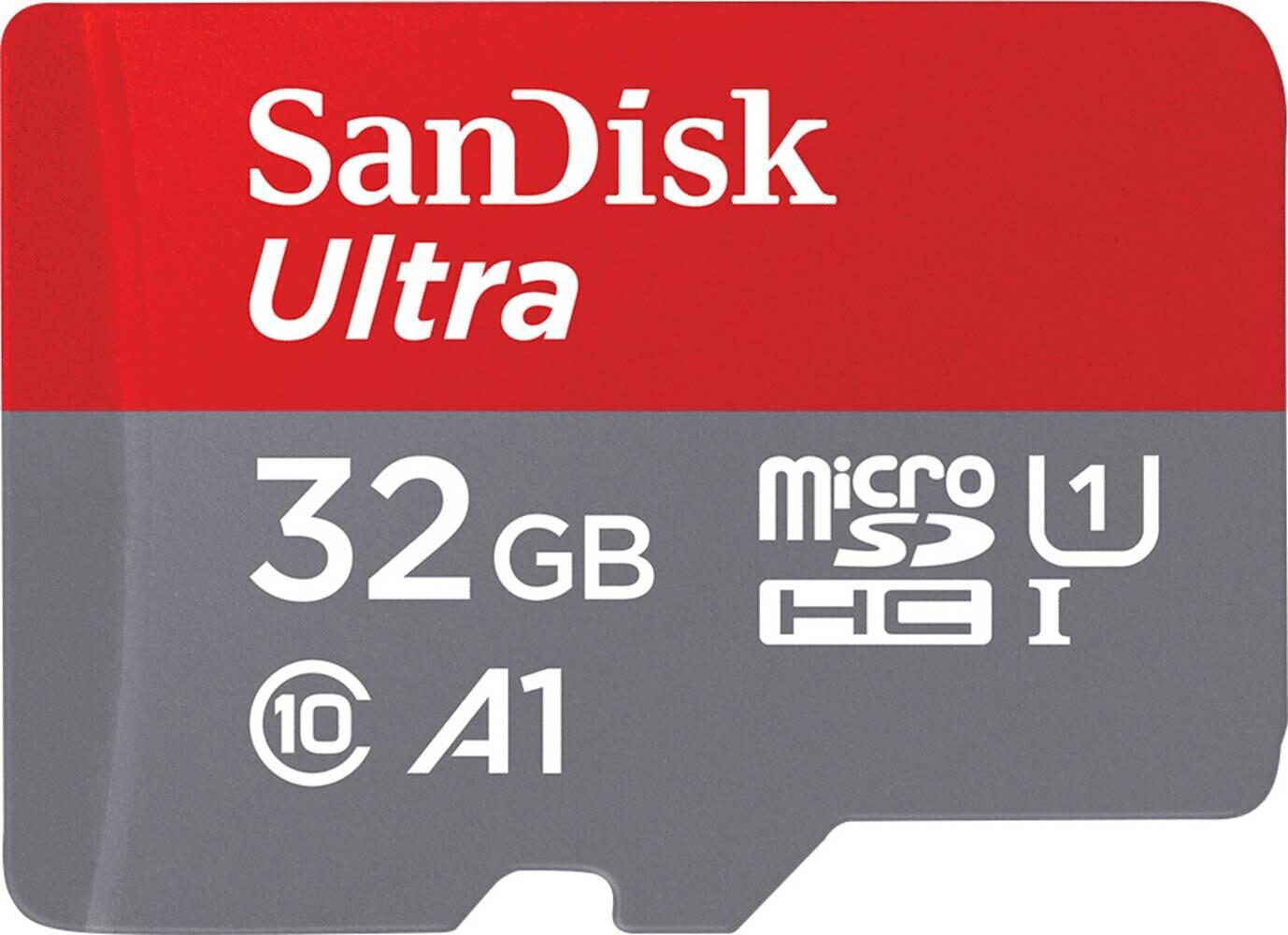
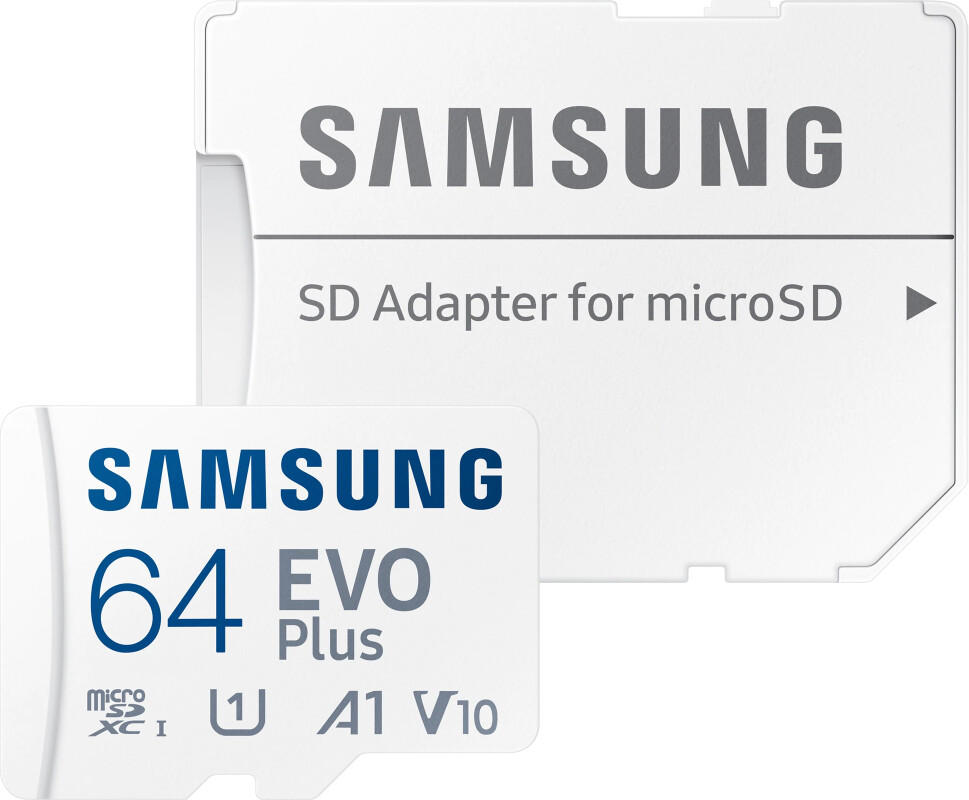
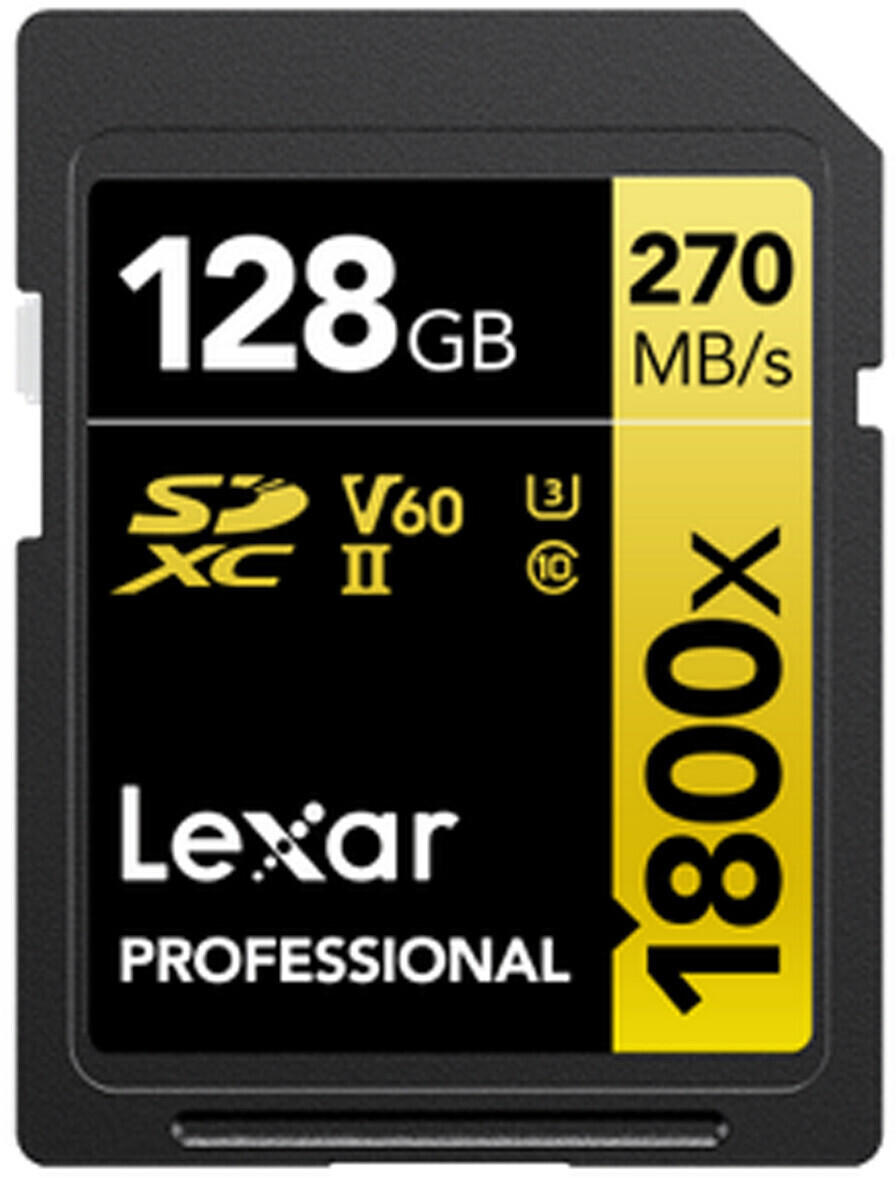
Variety of brands
When it comes to memory cards, a variety of brands are available in the market. One popular brand is SanDisk, known for their reliable and durable memory cards. Their cards are available in different capacities ranging from 16GB to 1TB, and they offer high-speed transfer rates for efficient data storage. Additionally, SanDisk memory cards are designed to be shockproof, waterproof, and temperature-proof, ensuring the safety of your valuable data.
Another well-known brand to consider is Samsung. They offer memory cards with capacity options ranging from 32GB to 256GB. Samsung memory cards are UHS-I compatible, allowing for fast read and write speeds, making them ideal for capturing high-quality photos and videos. They are also resistant to water, temperature, X-rays, and magnetic fields, ensuring the longevity of your data.
Other prominent brands in the market include Lexar, Sony, Transcend, and PNY. Each of these brands has its own advantages and may offer different features such as high read and write speeds, increased durability, and compatibility with different devices. Ultimately, the choice of the brand depends on your specific requirements and preferences.
